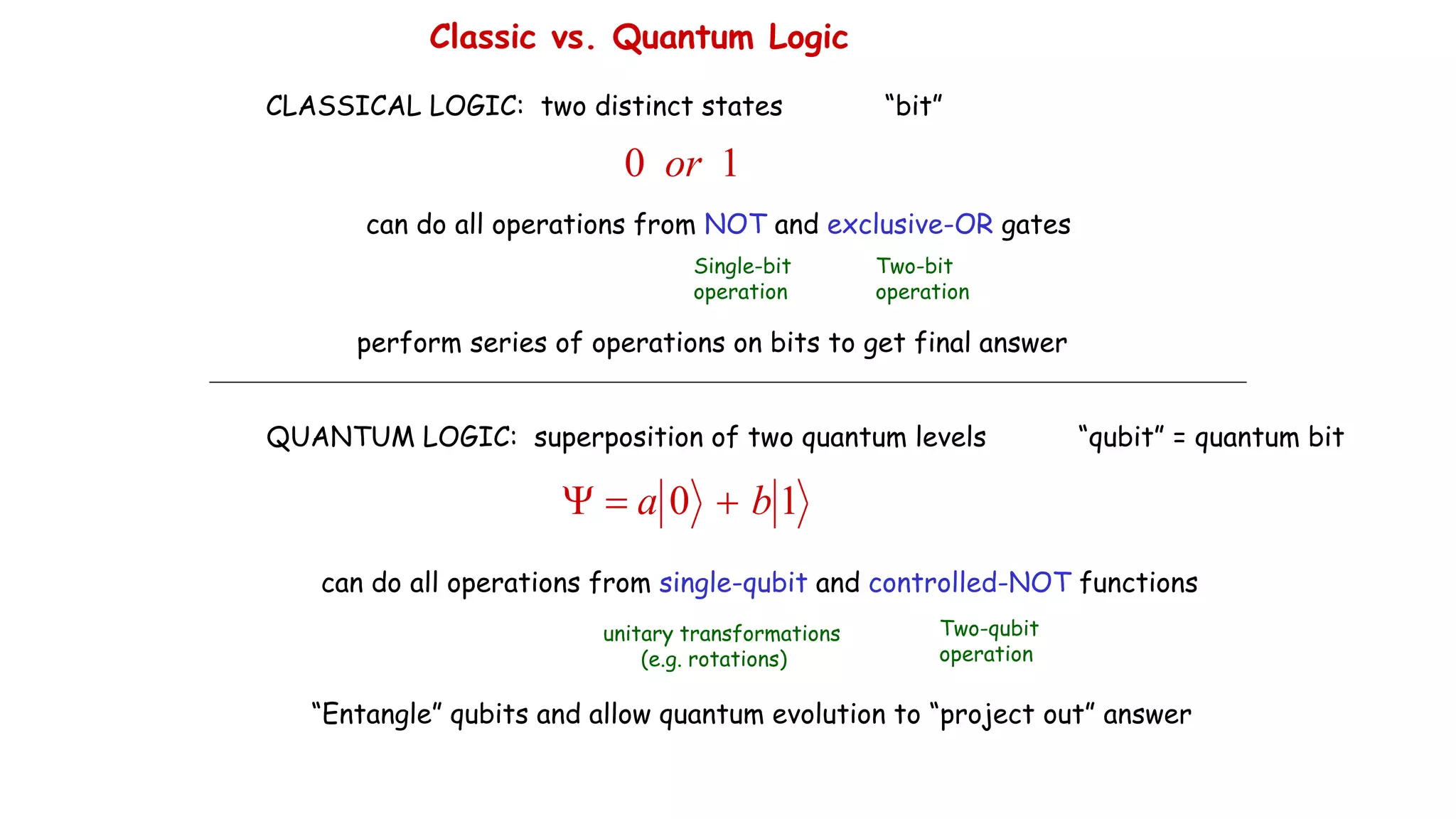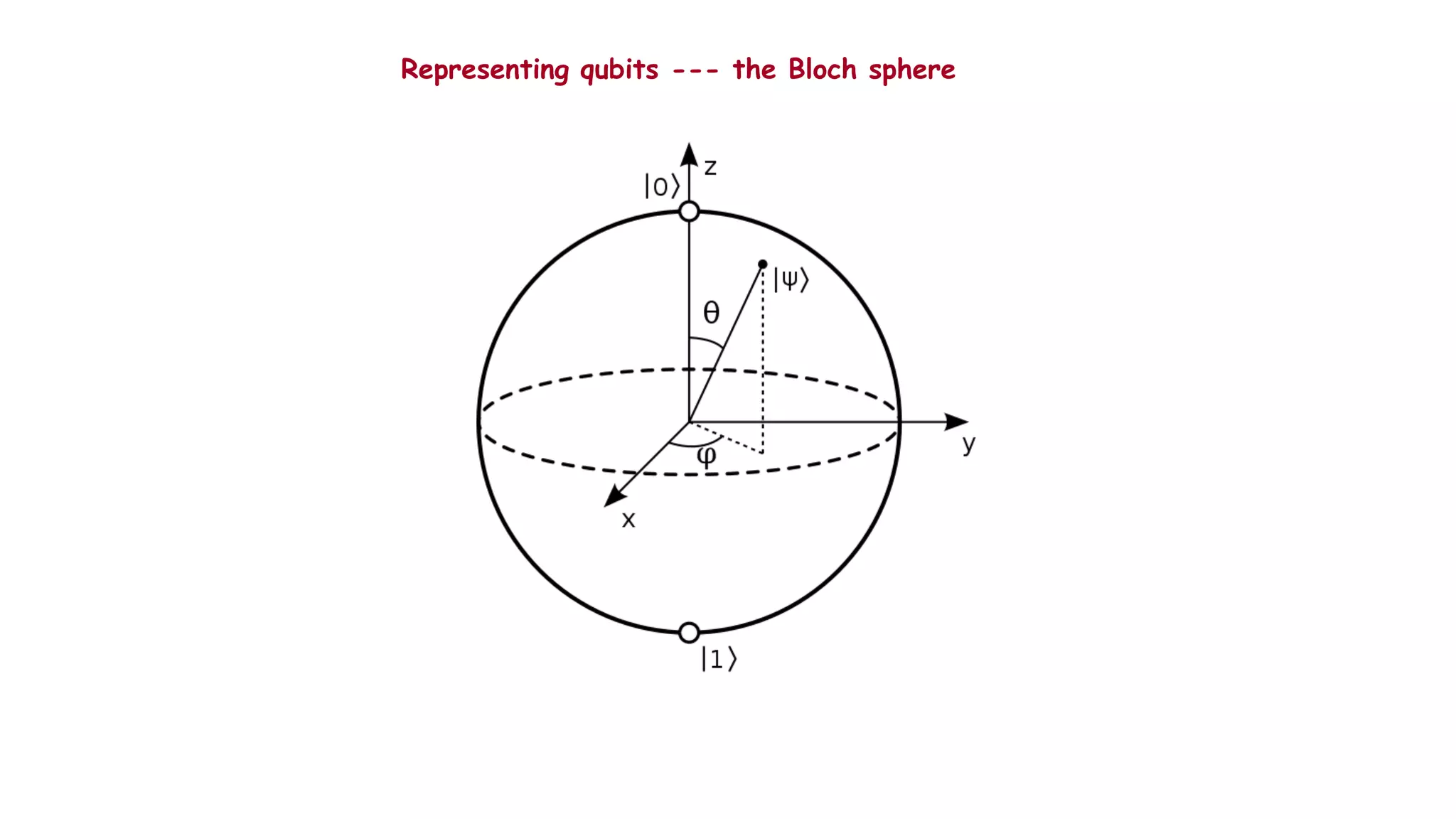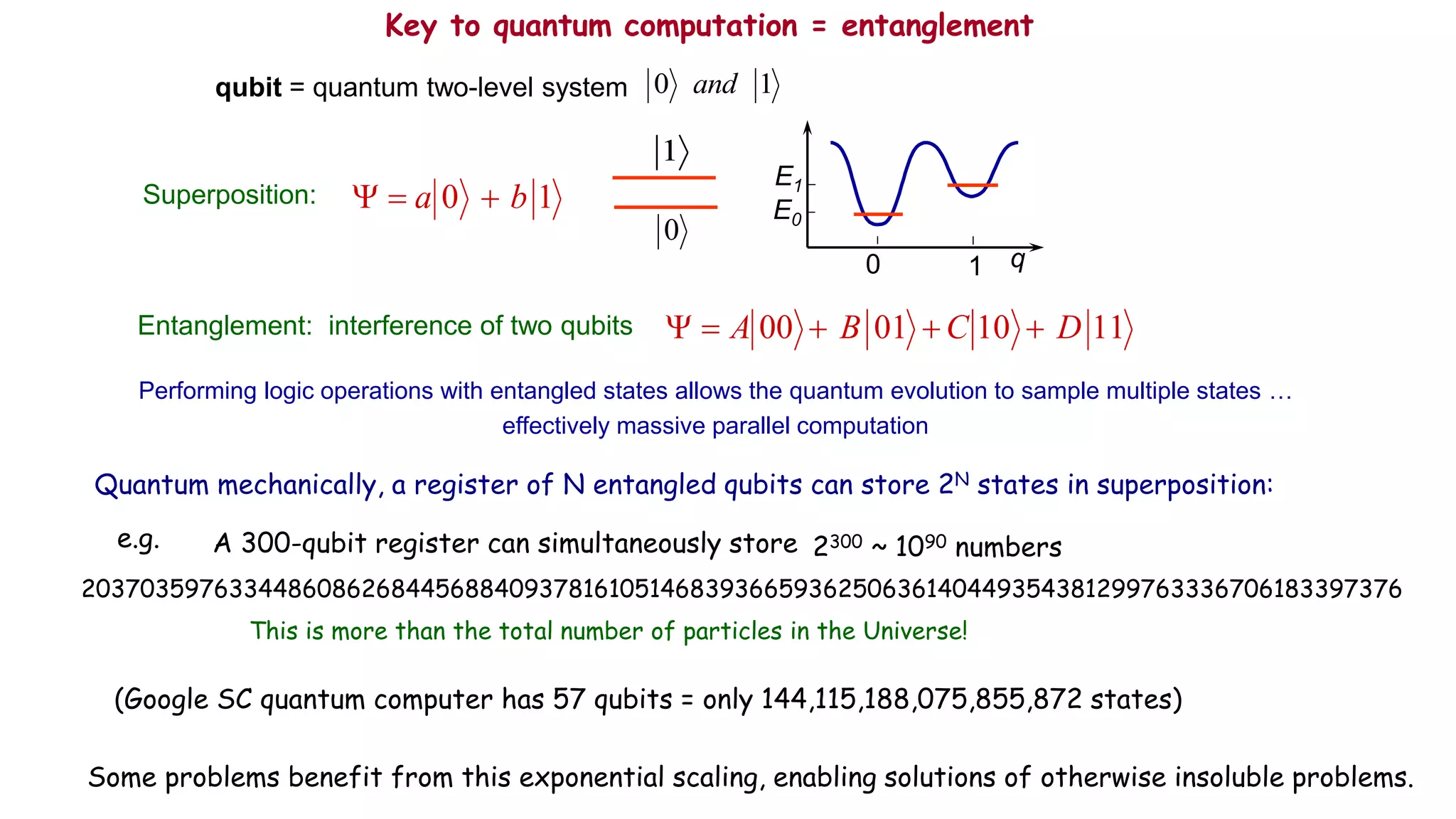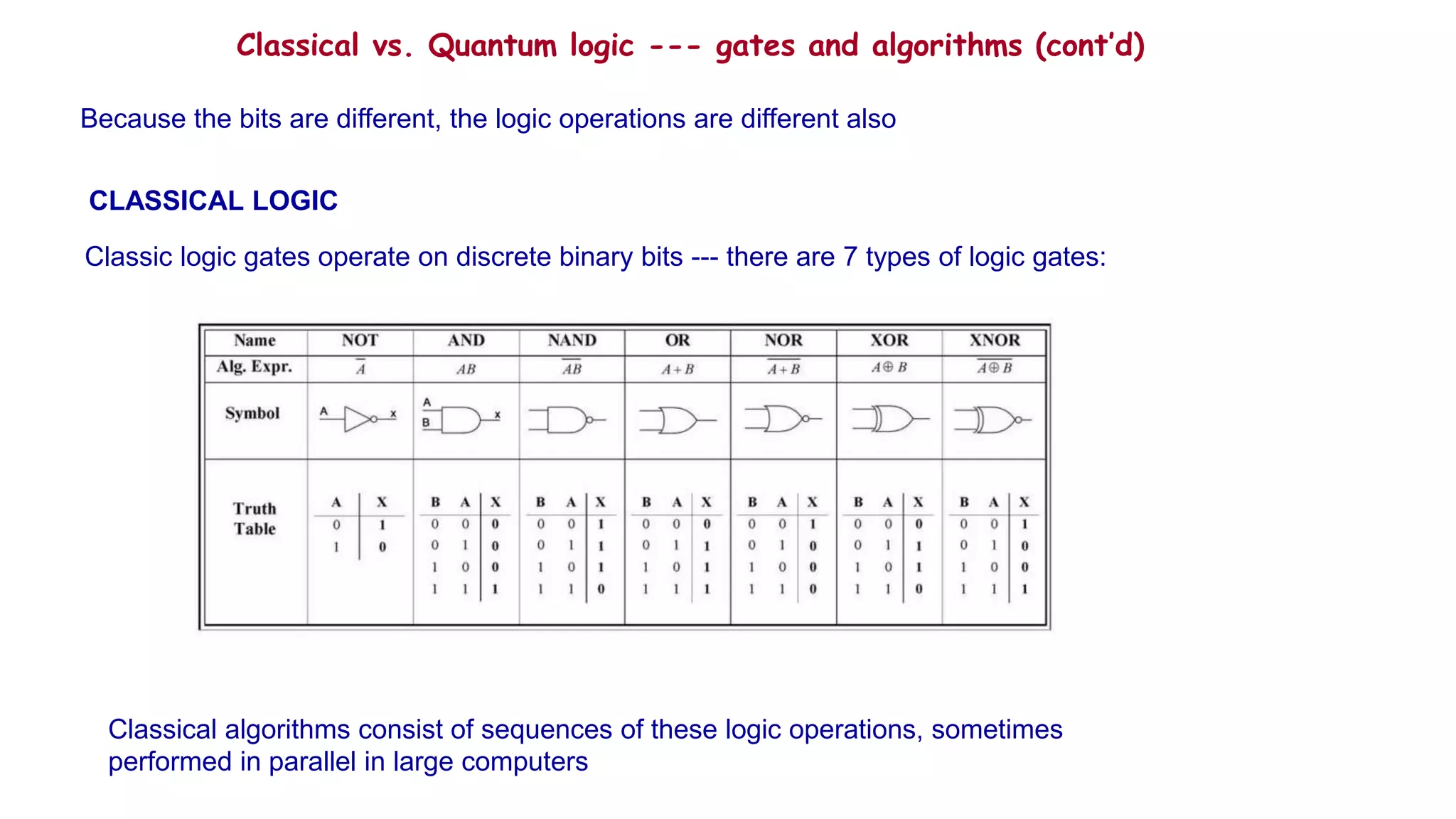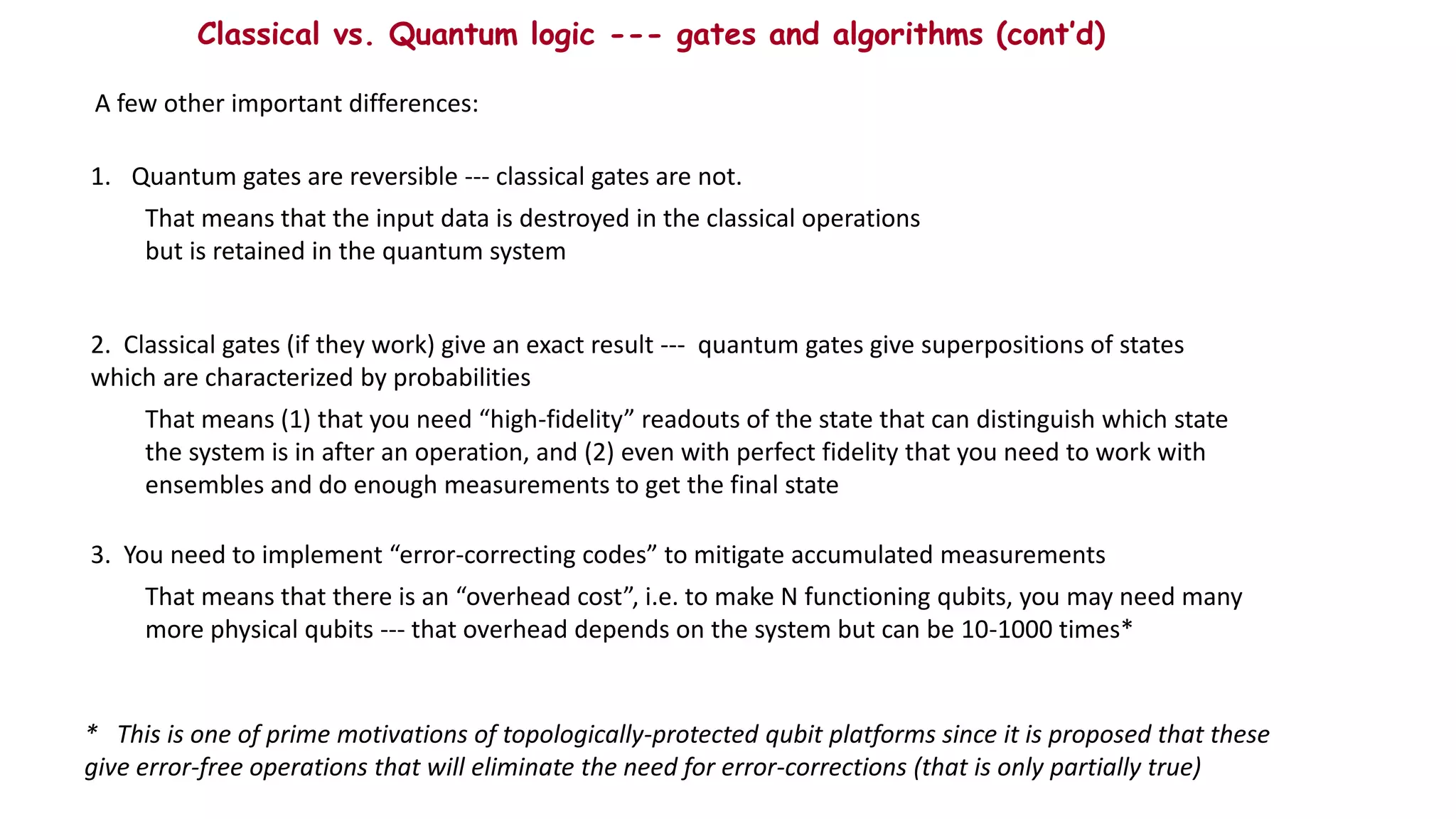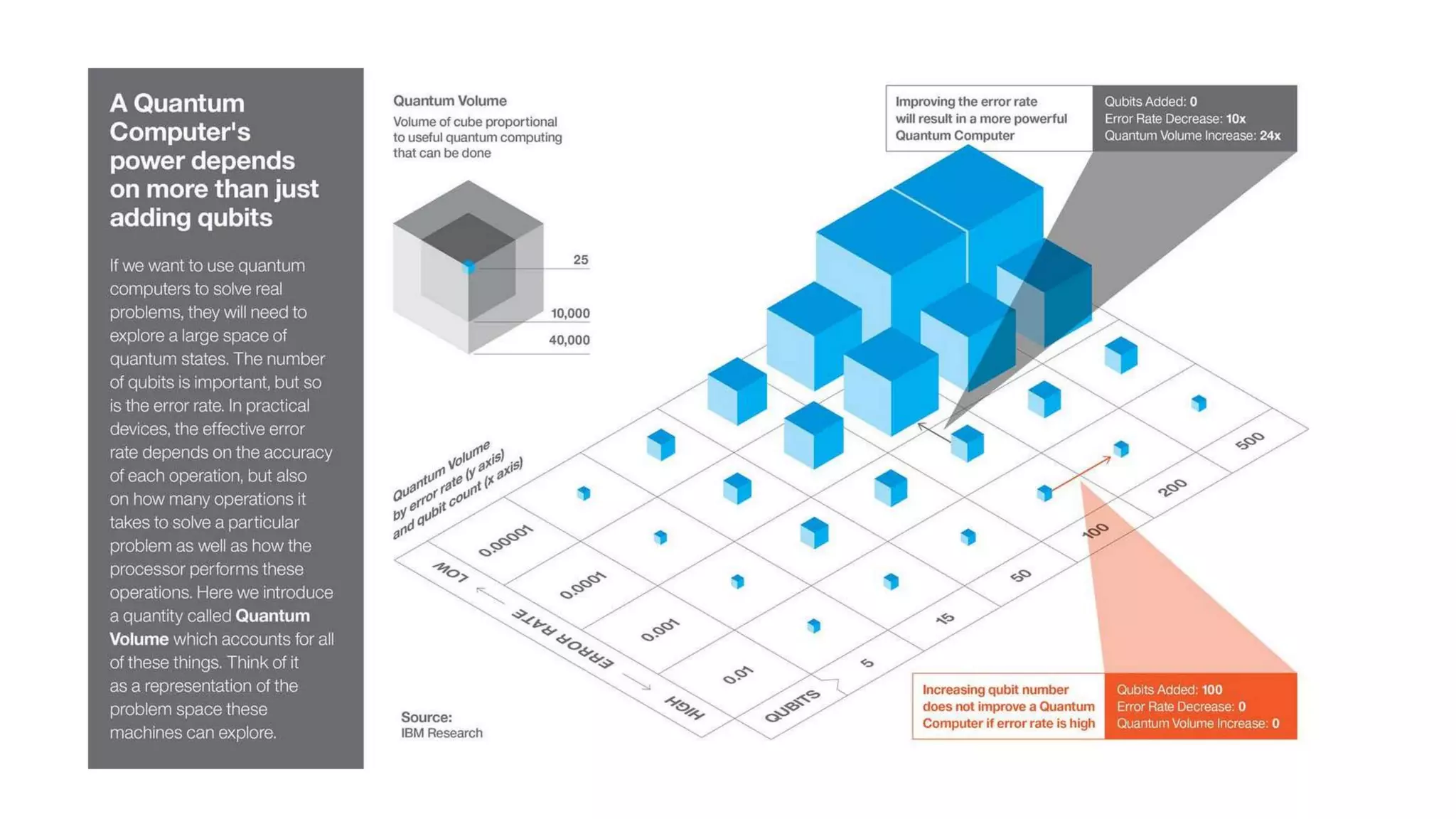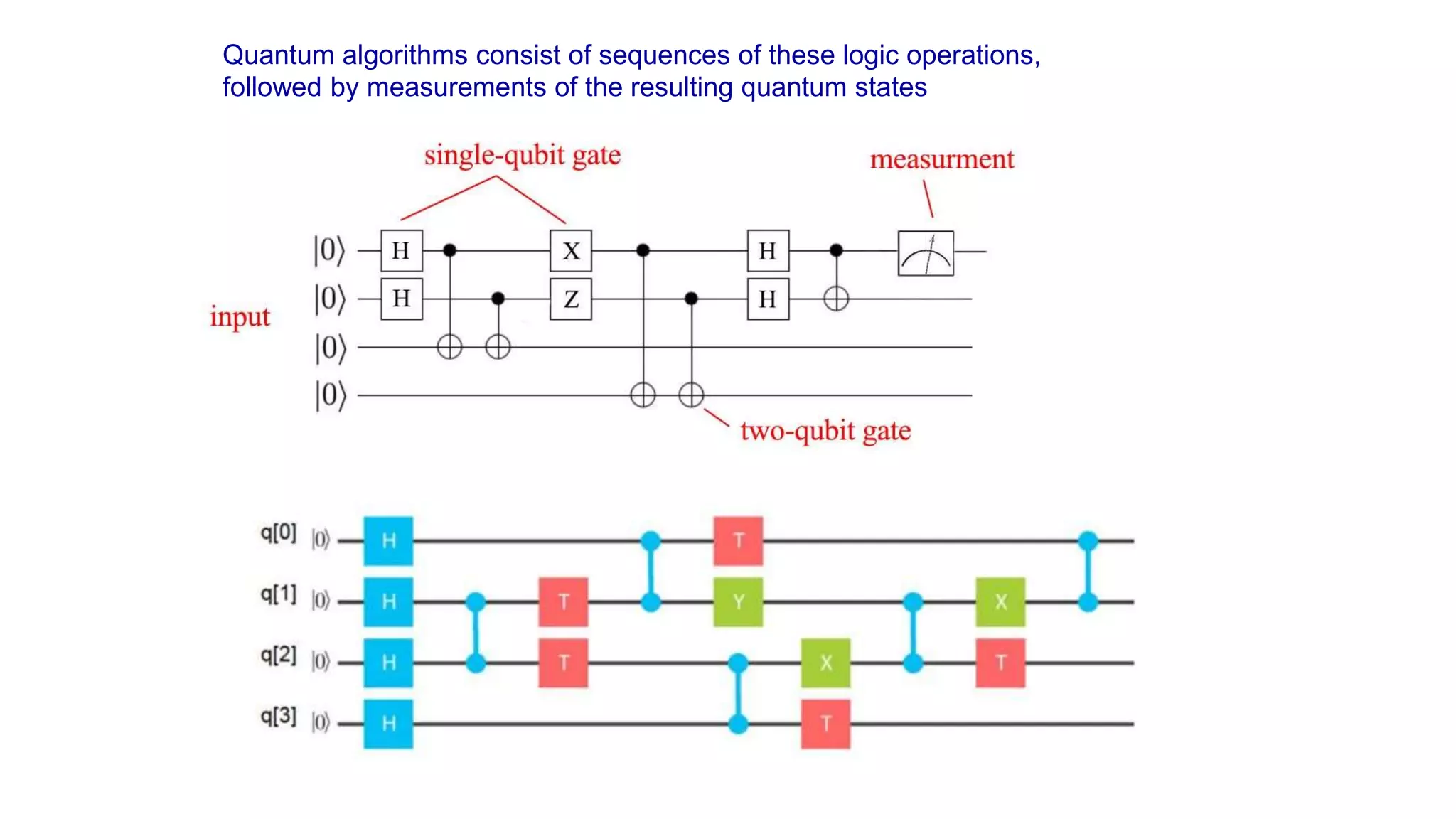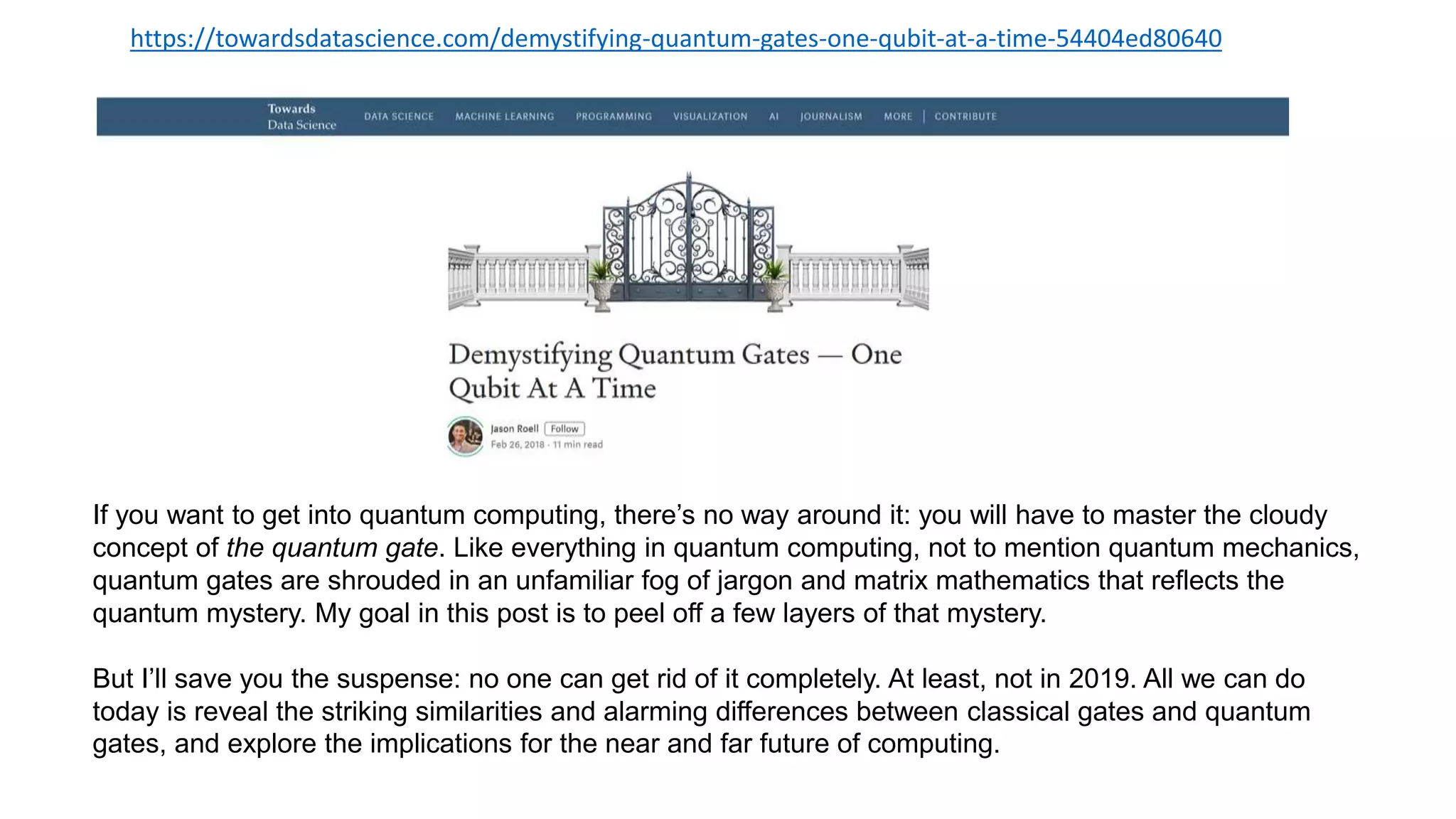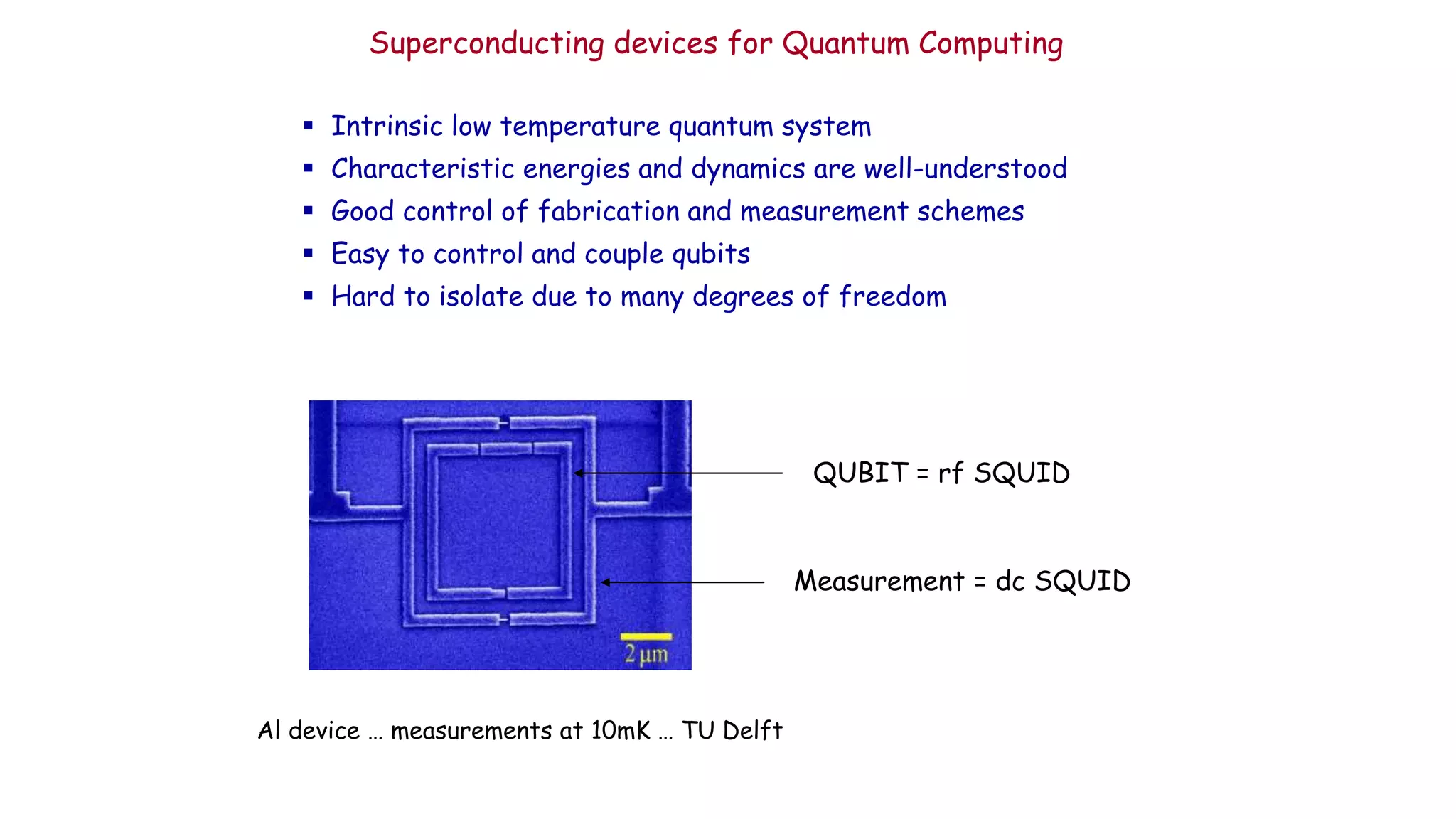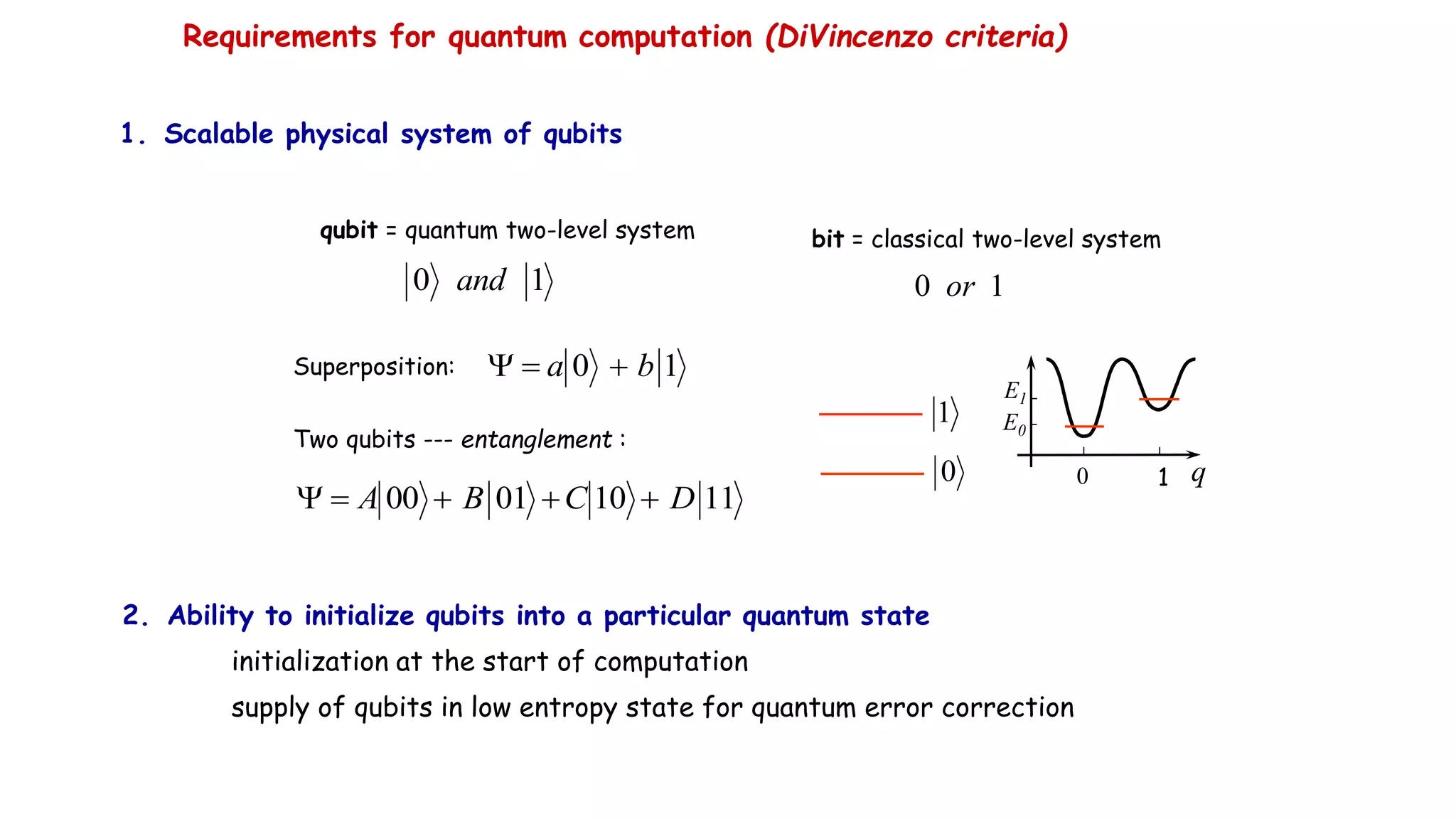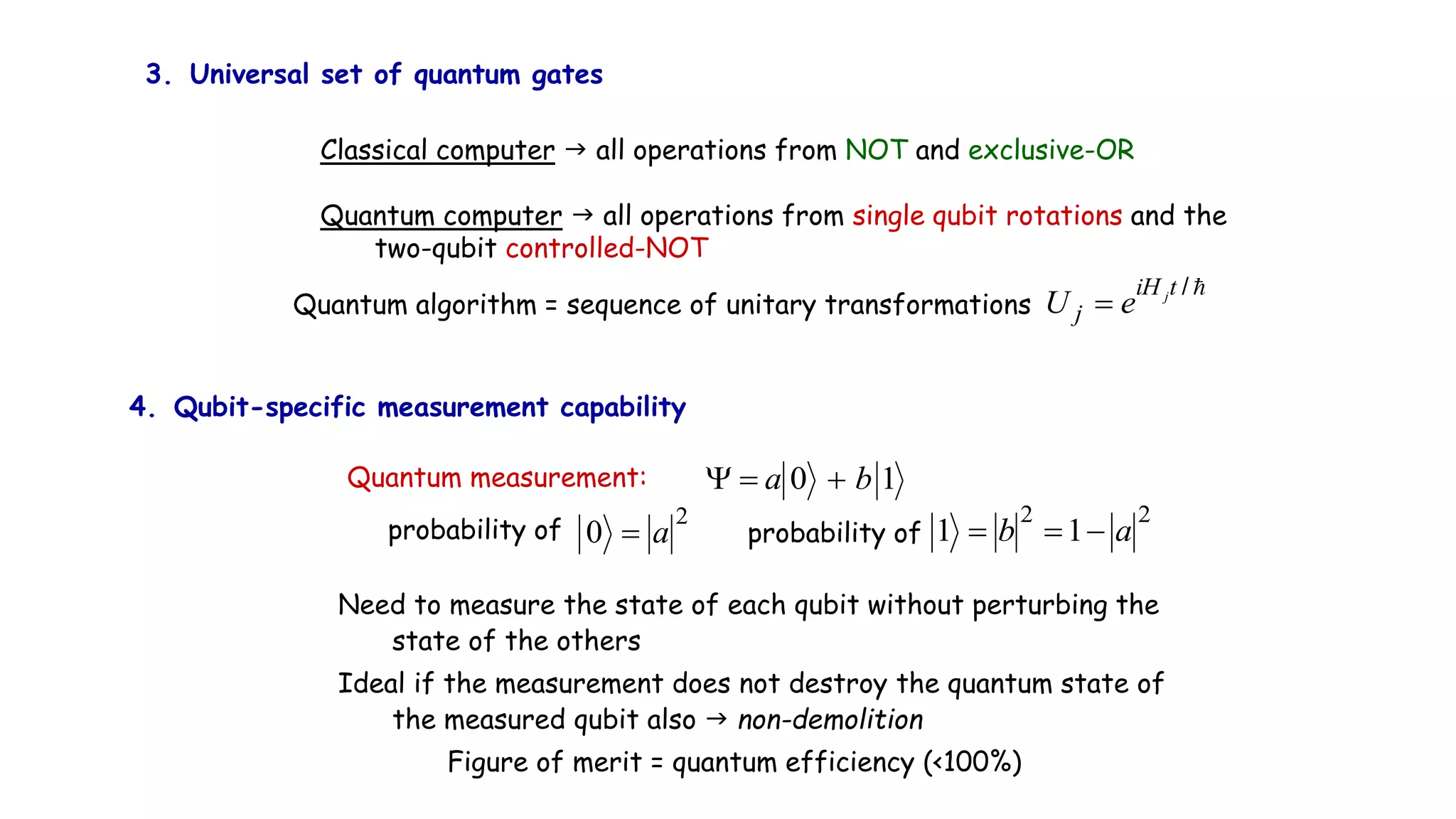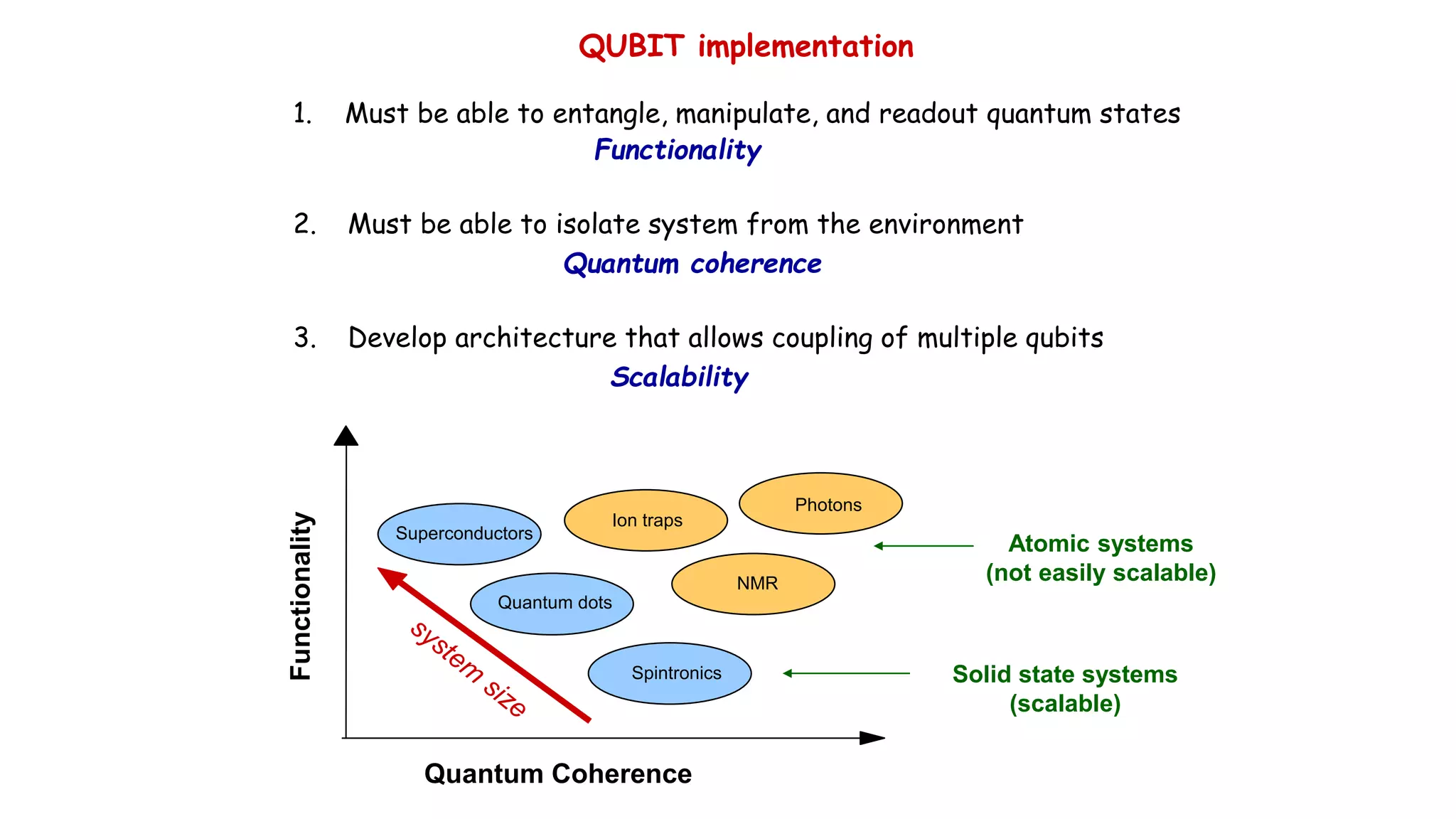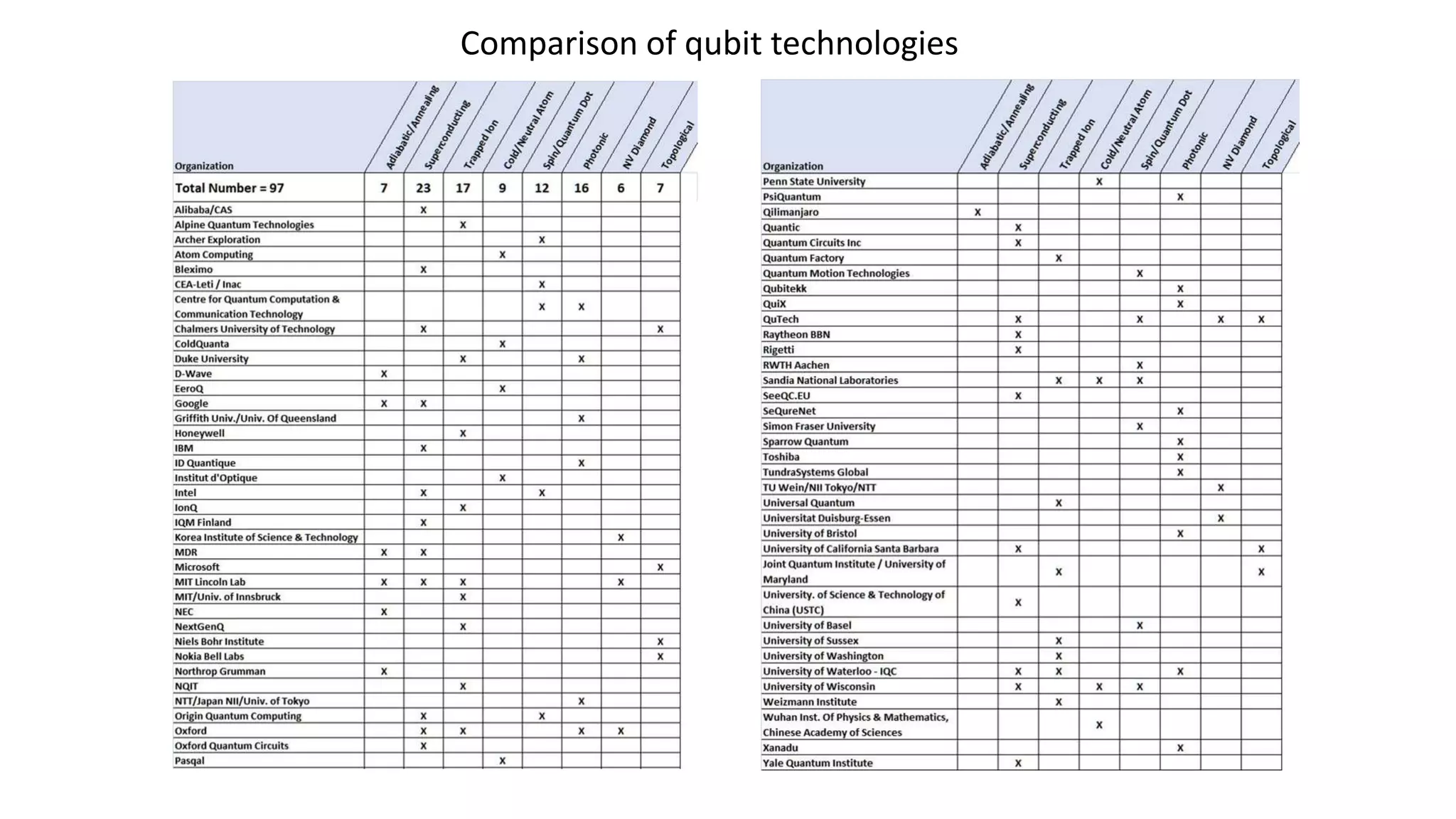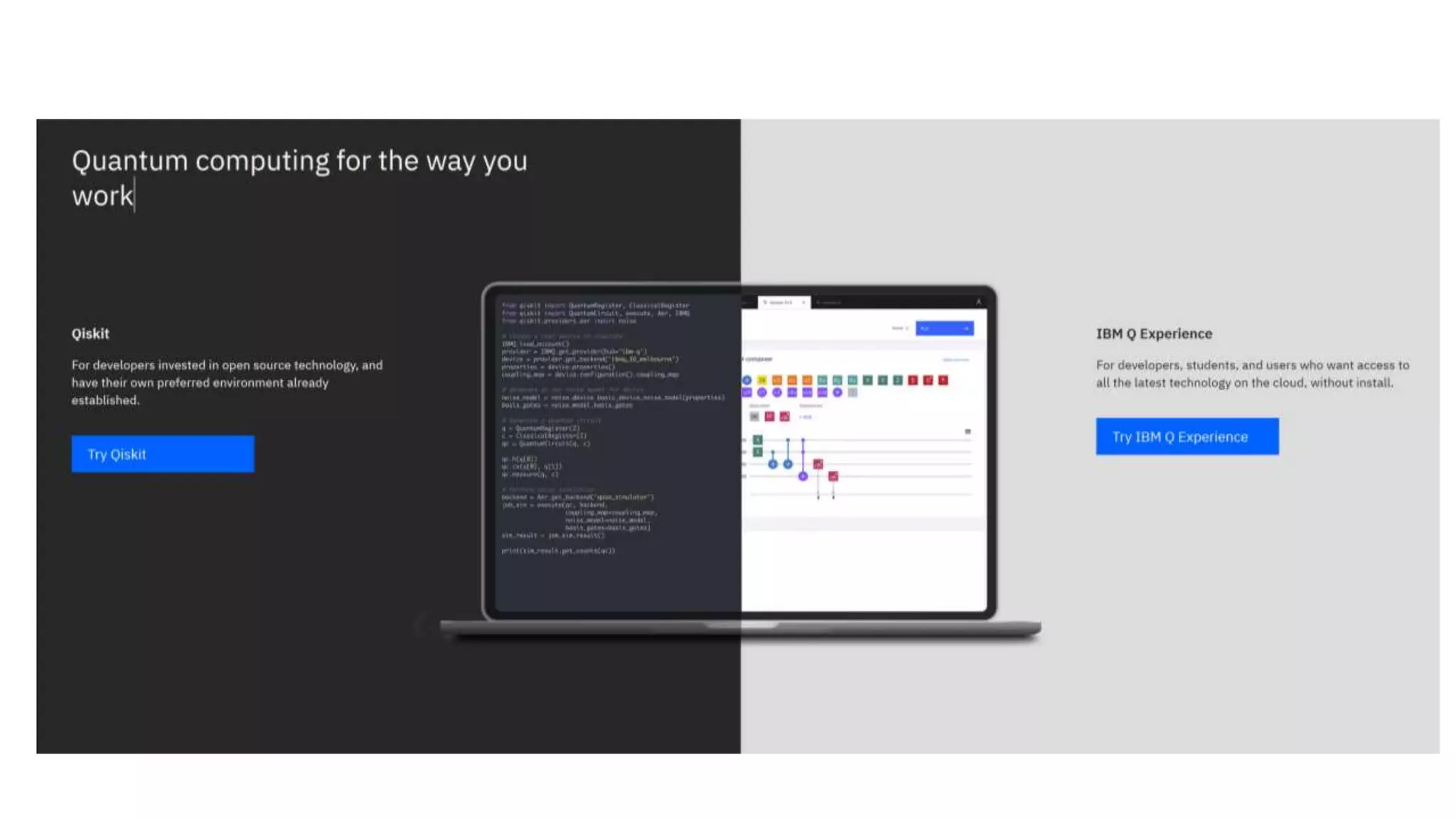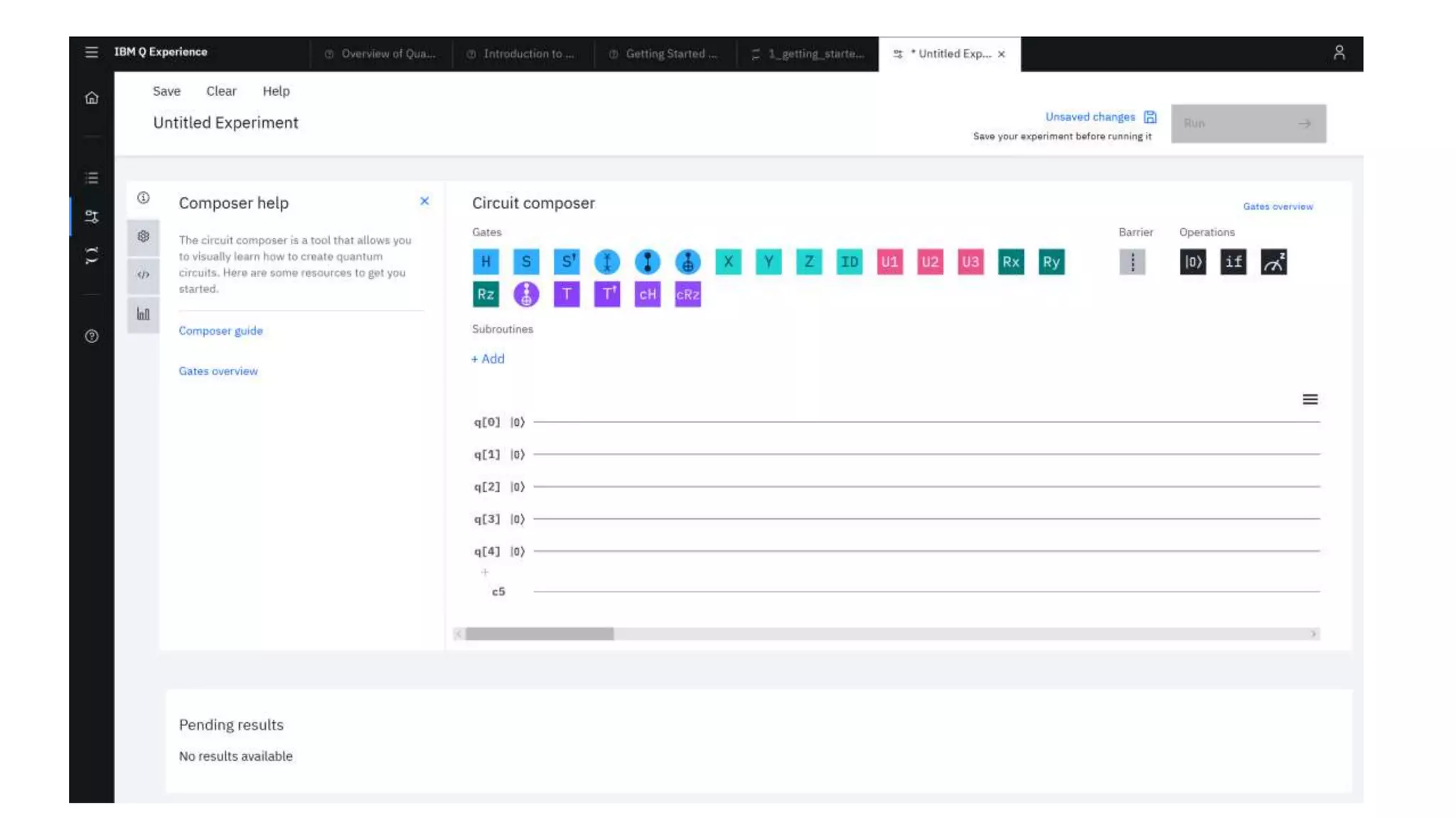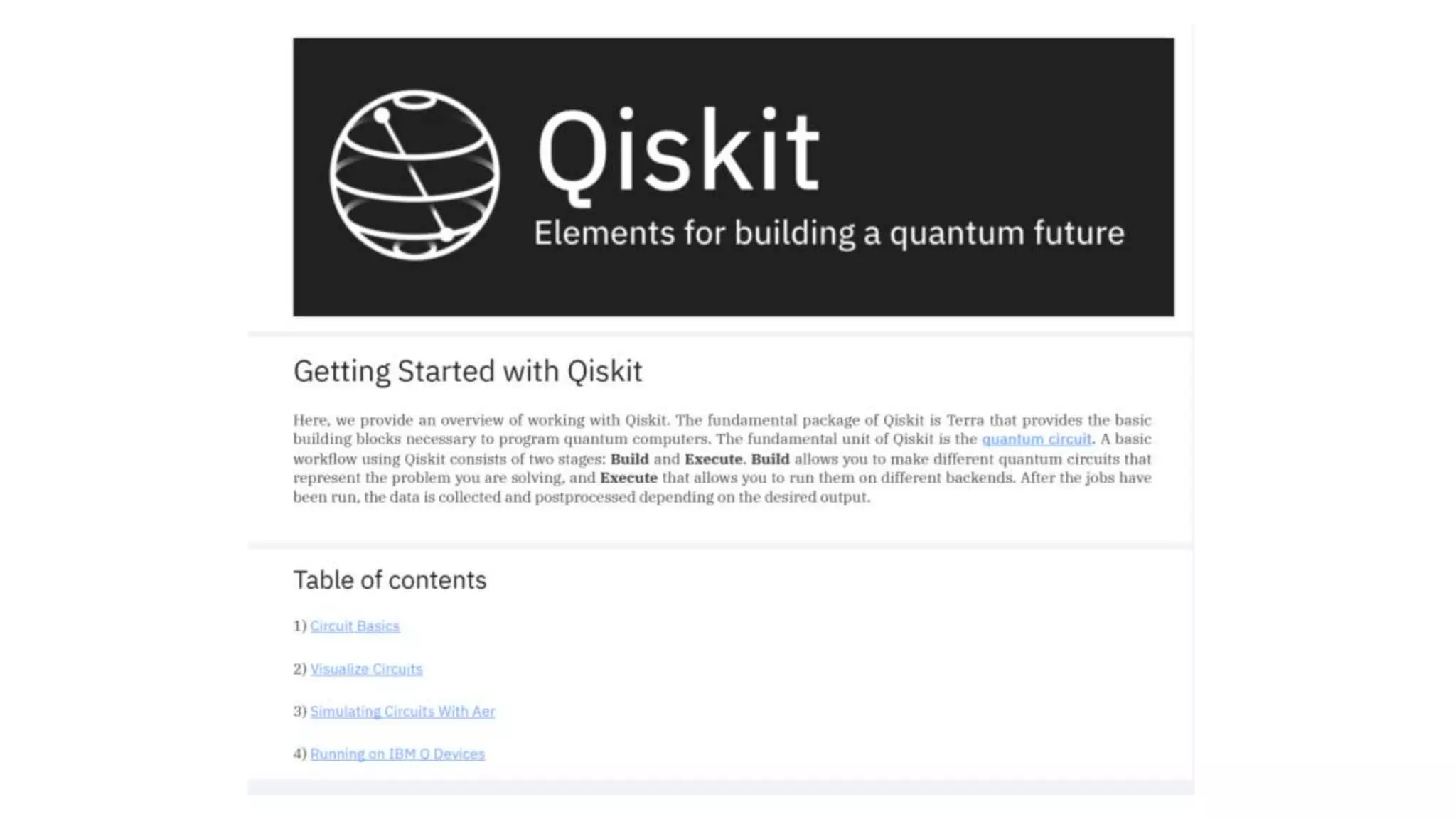The document discusses applications of superconductor materials and devices in quantum information science. It covers 5 topics: 1) an overview of the quantum information landscape, 2) macroscopic quantum phenomena in superconductor devices and superconductor qubits, 3) the transmon qubit which is a leading qubit platform, 4) topological superconducting qubits based on Majorana fermion states, and 5) S-TI-S Josephson junctions which are a compelling qubit platform. Superconductivity is expected to play a major role in developing qubit devices and quantum circuits.
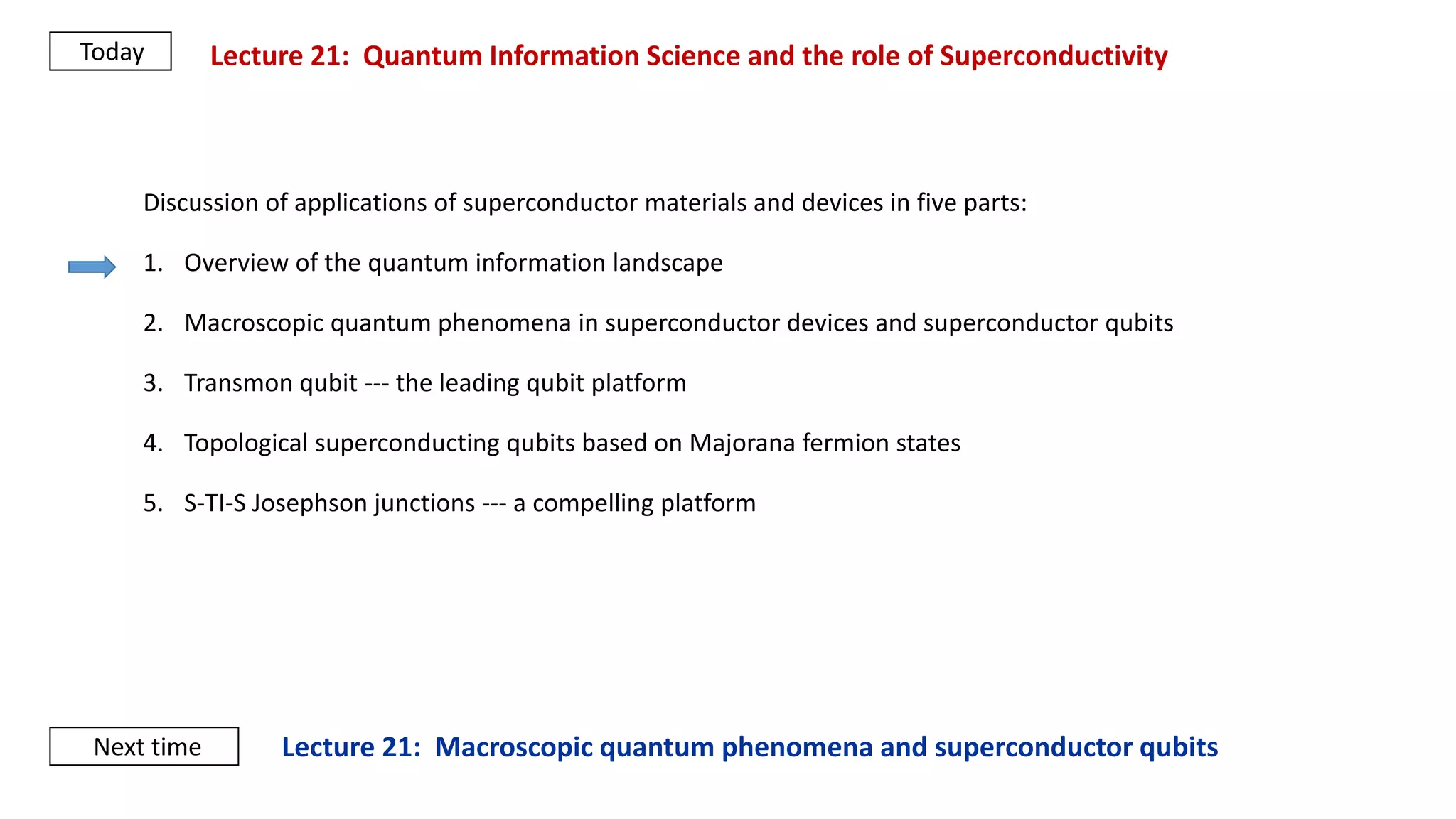
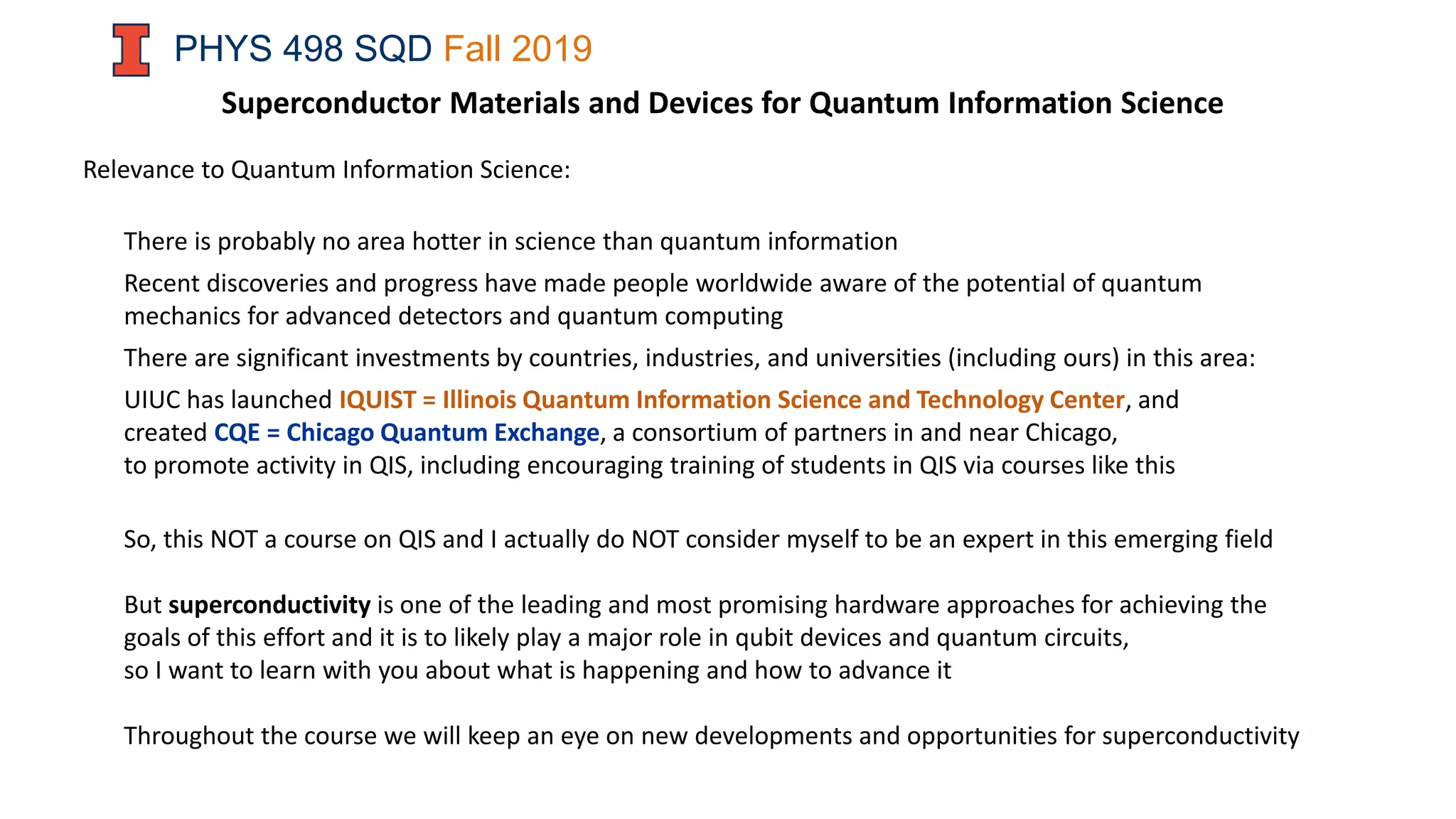
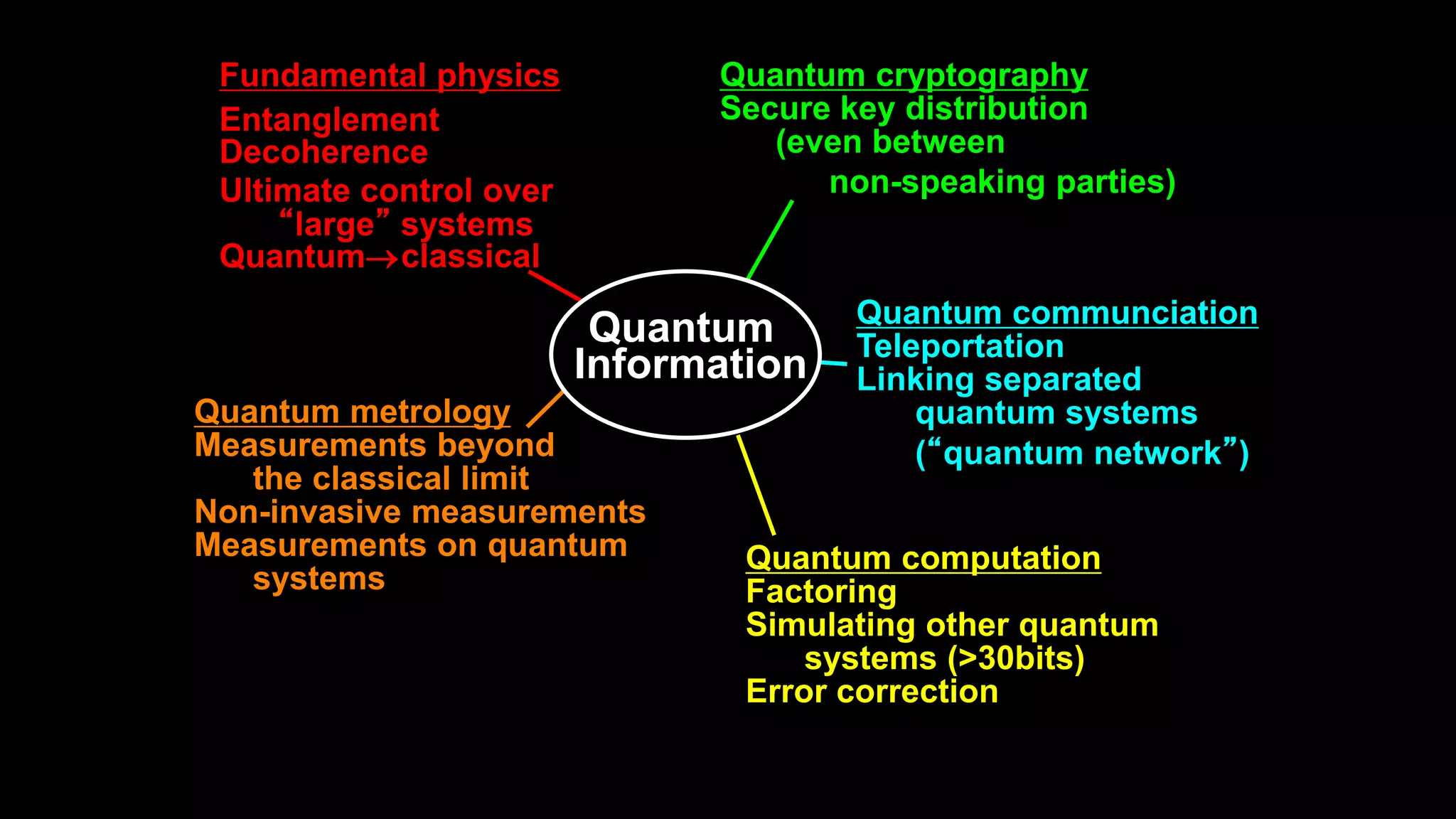
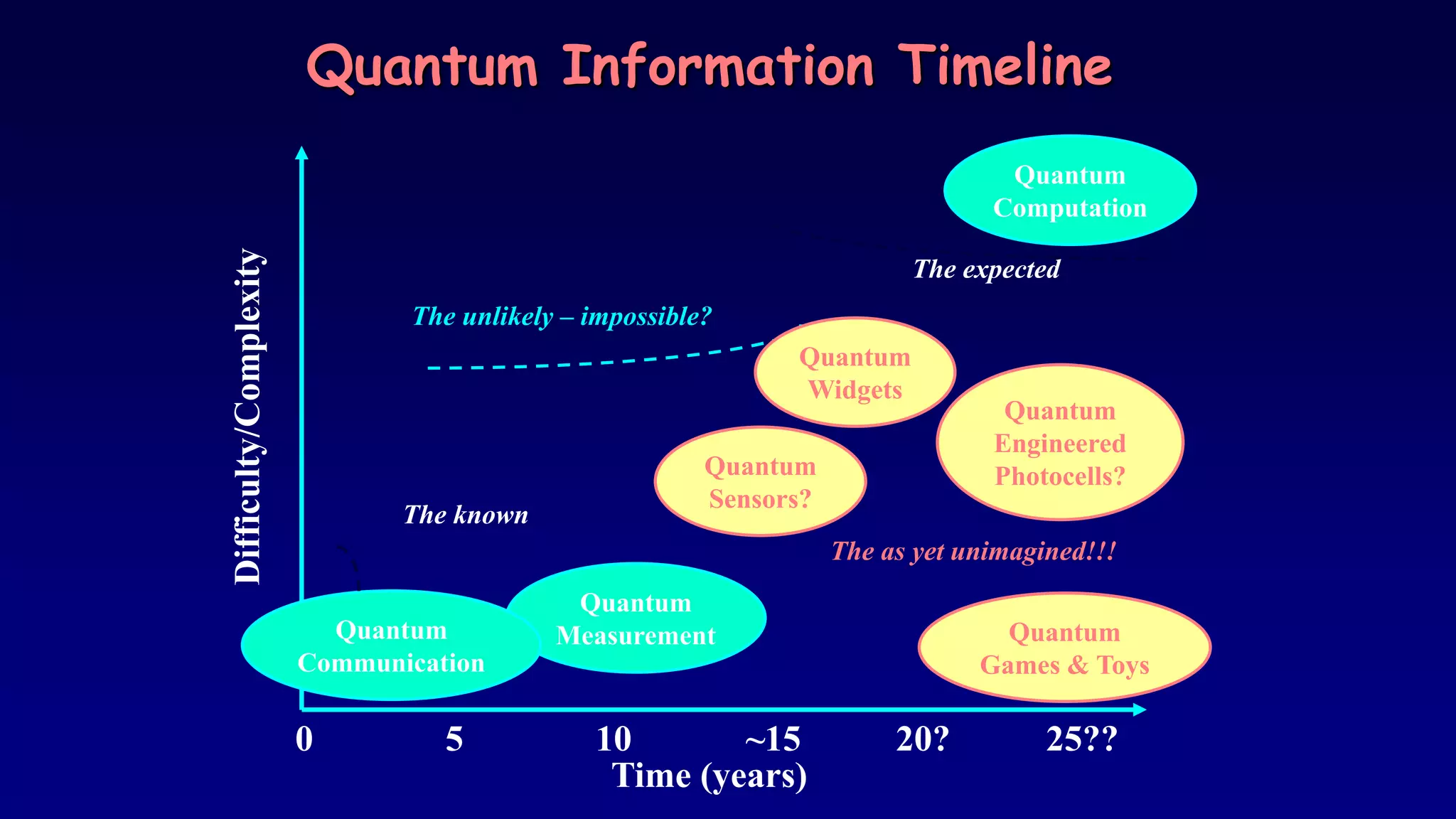
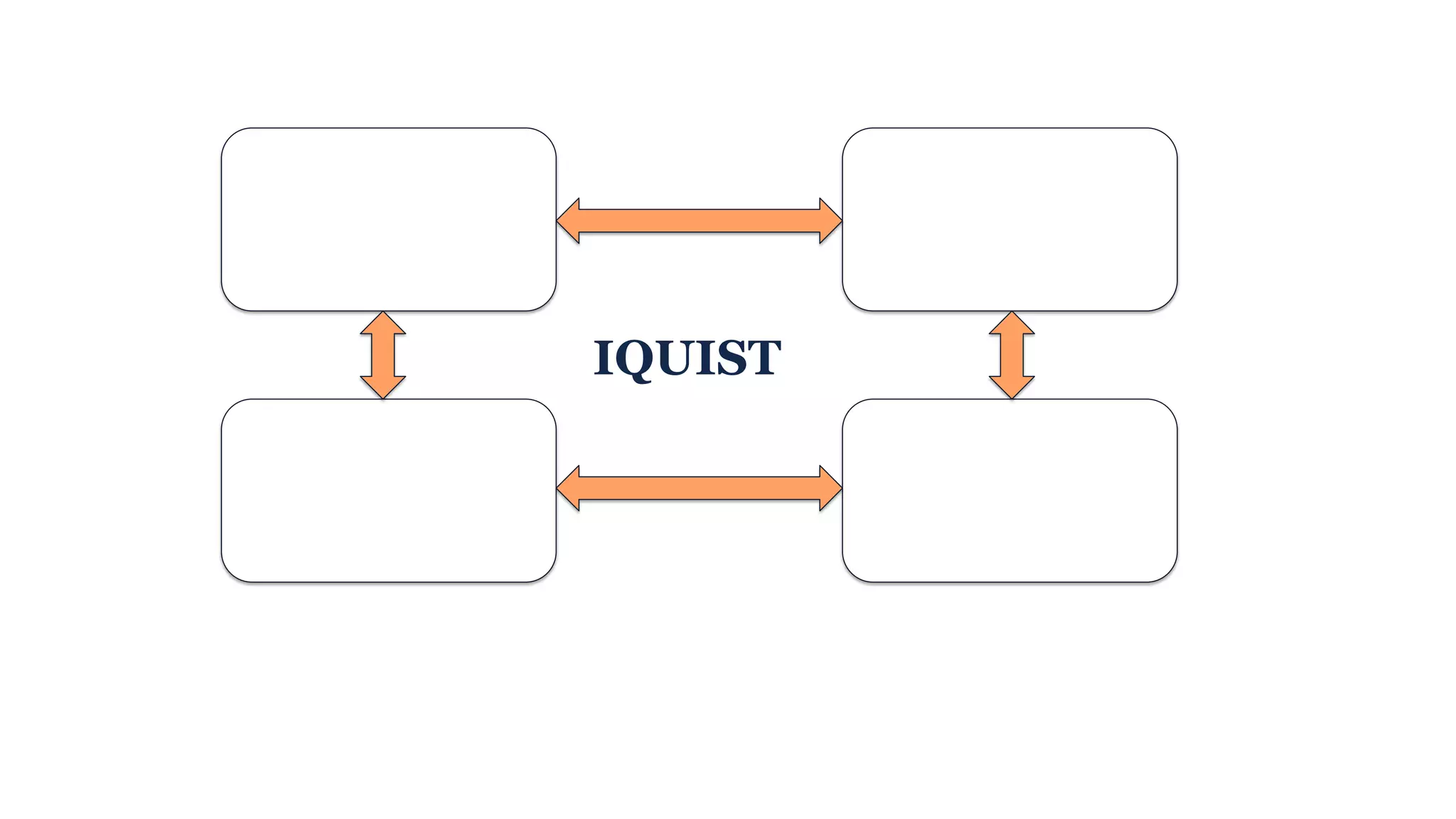
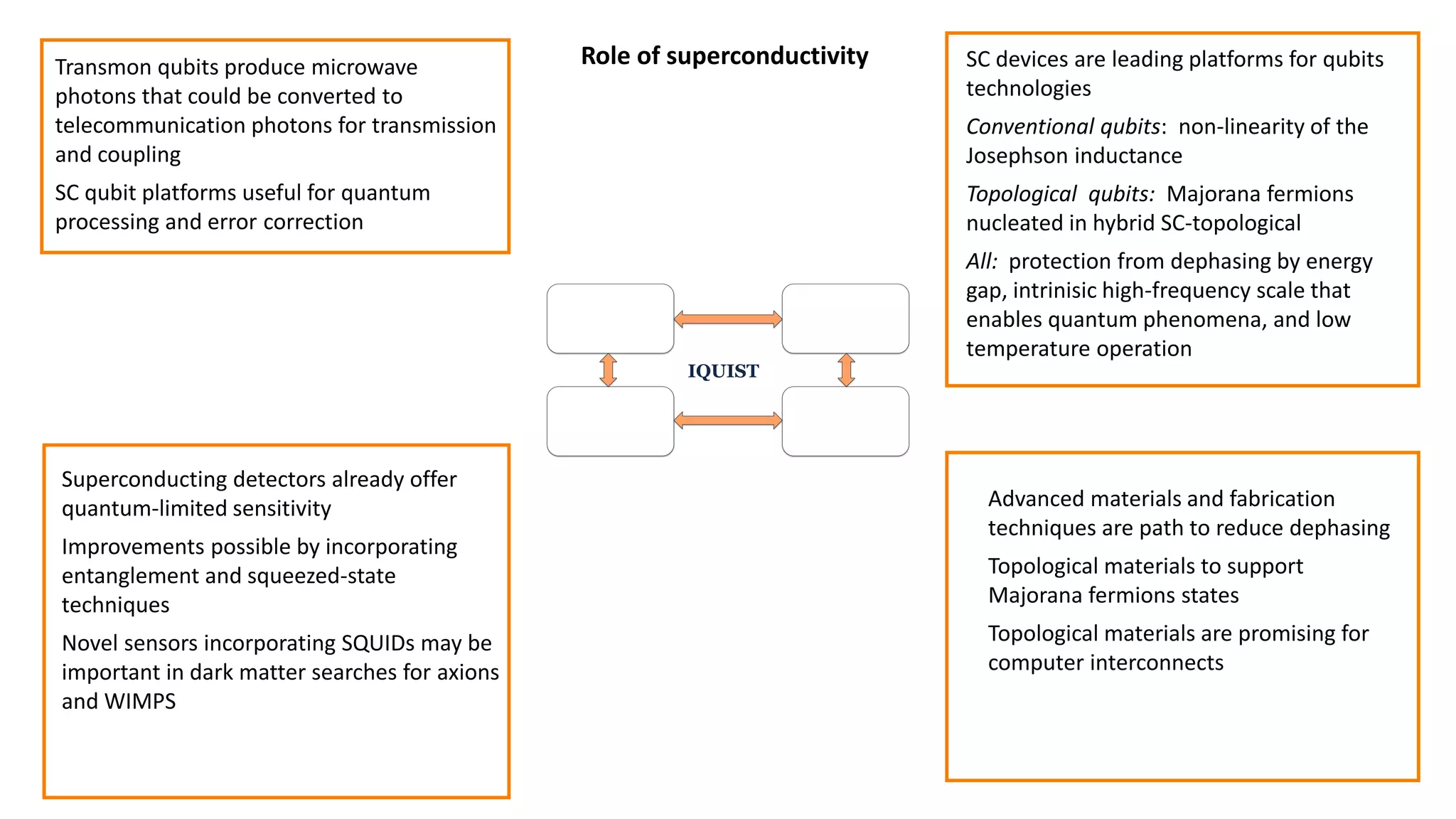
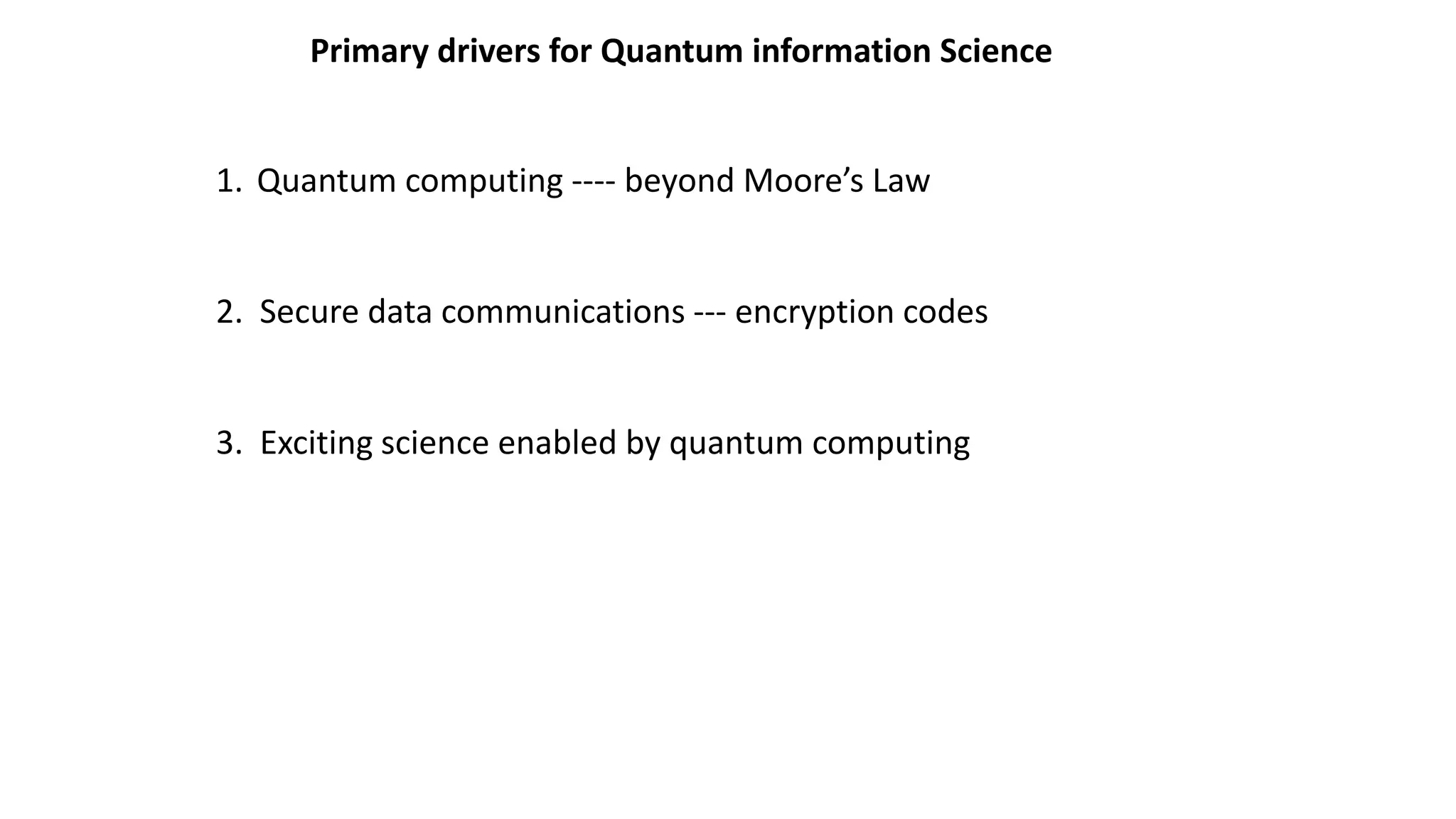
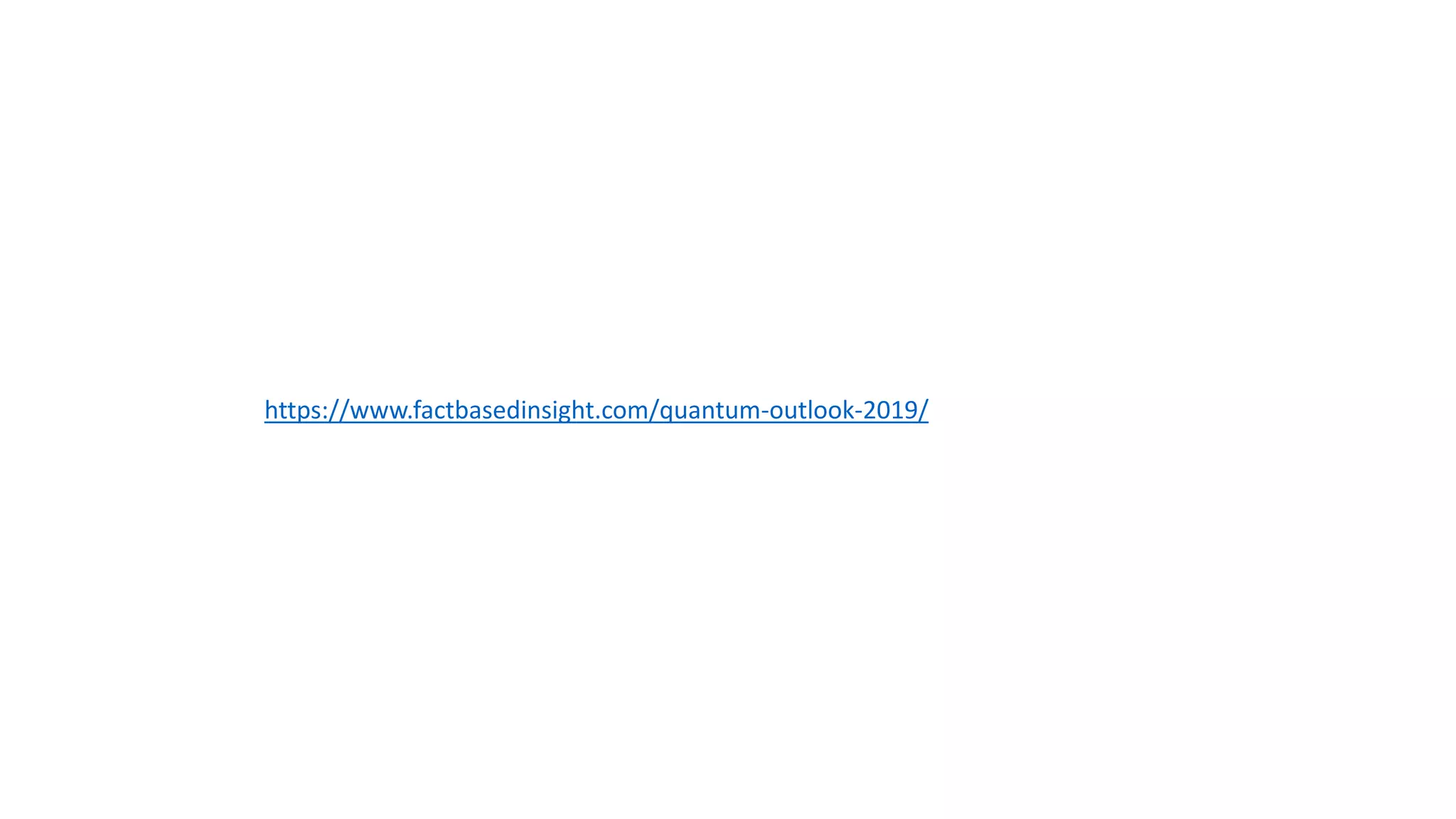
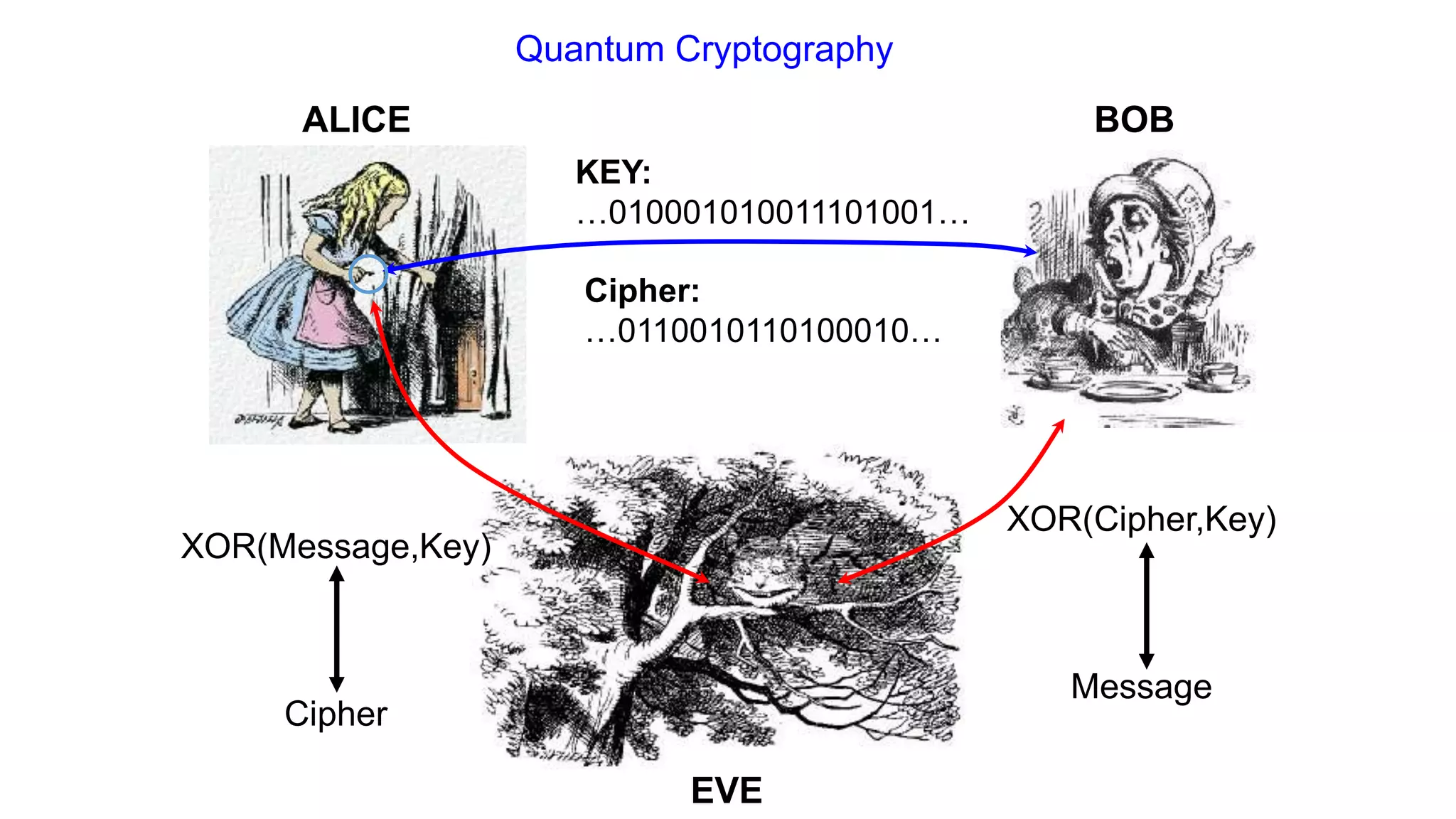
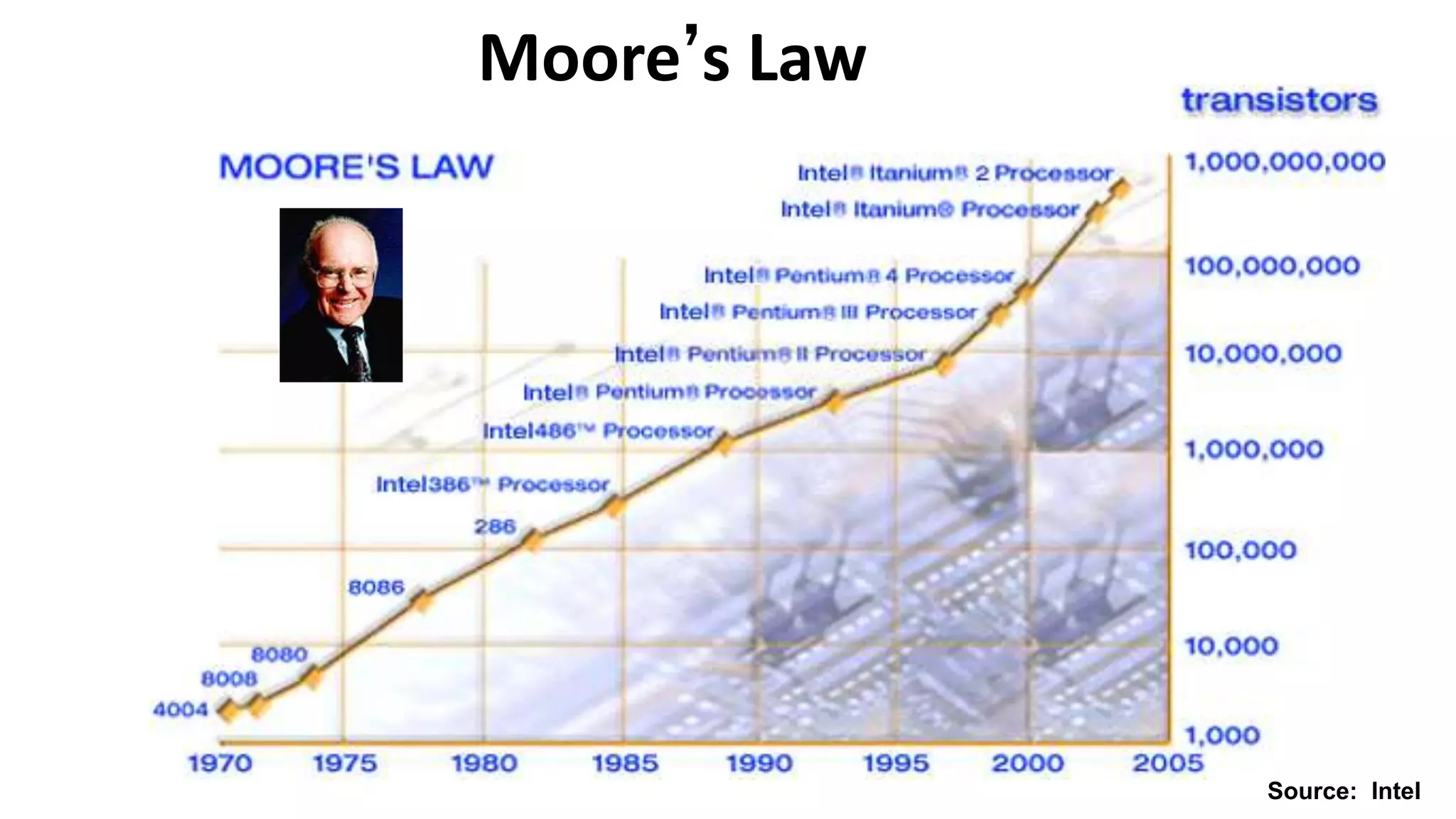

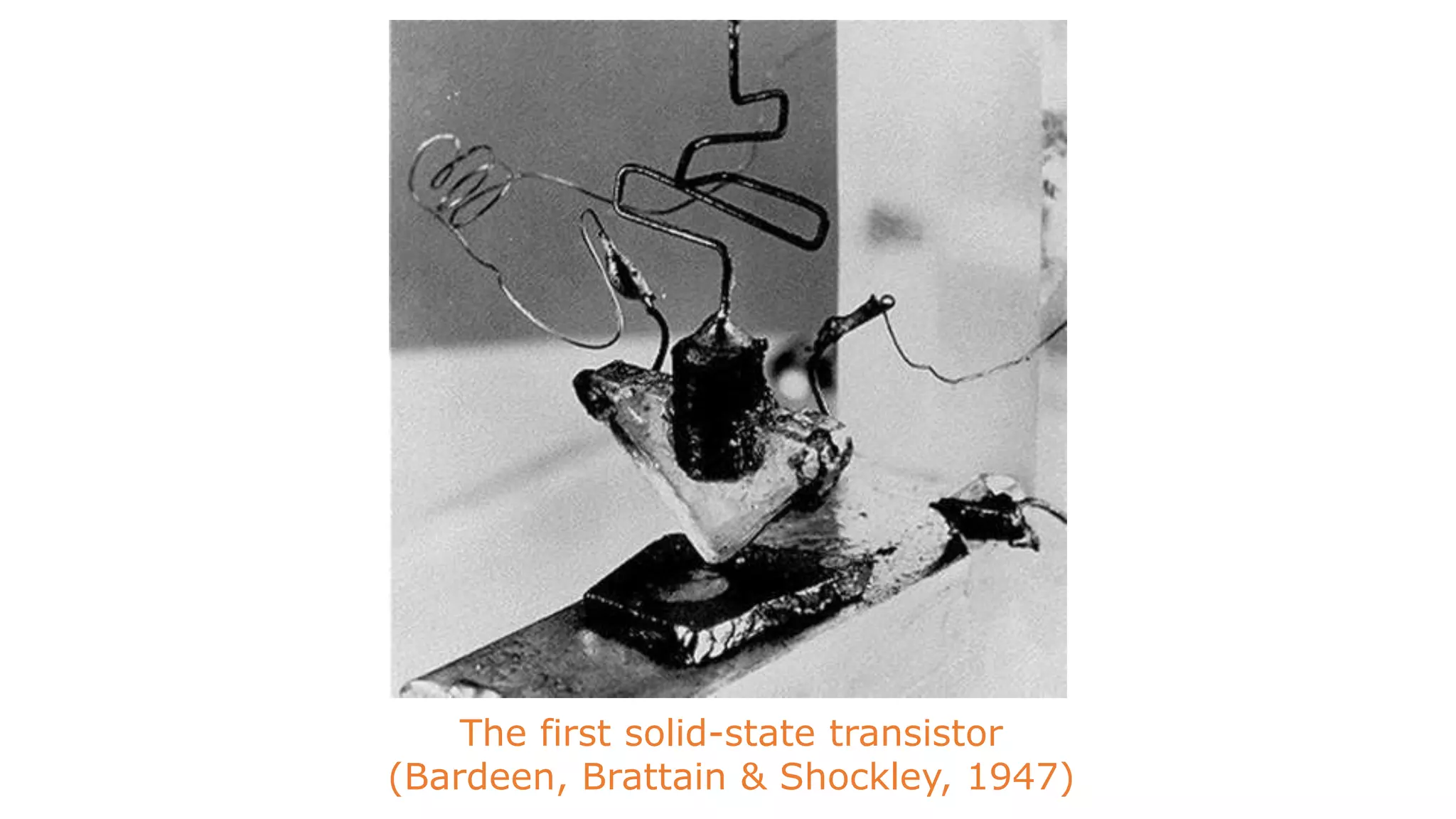
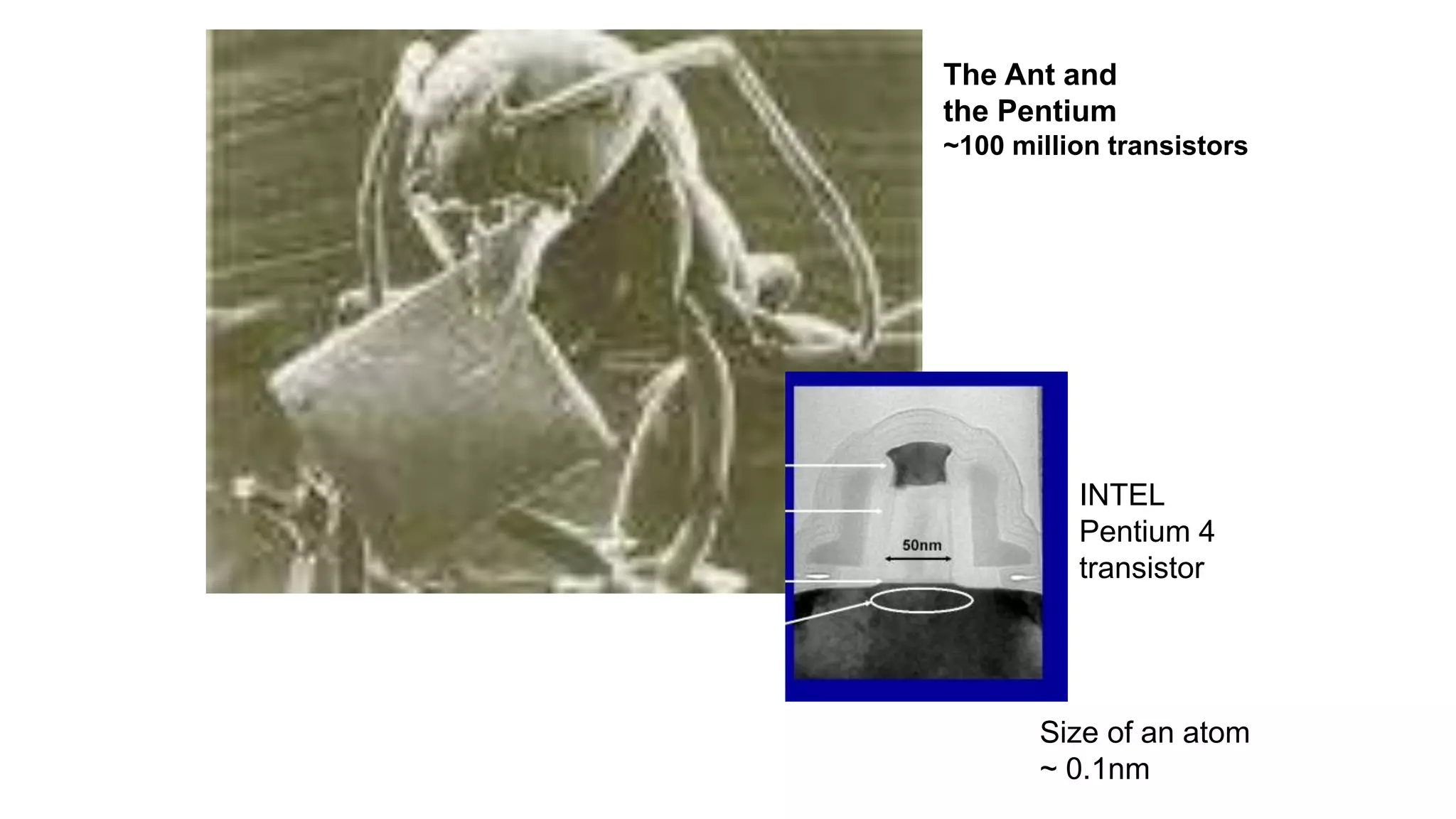
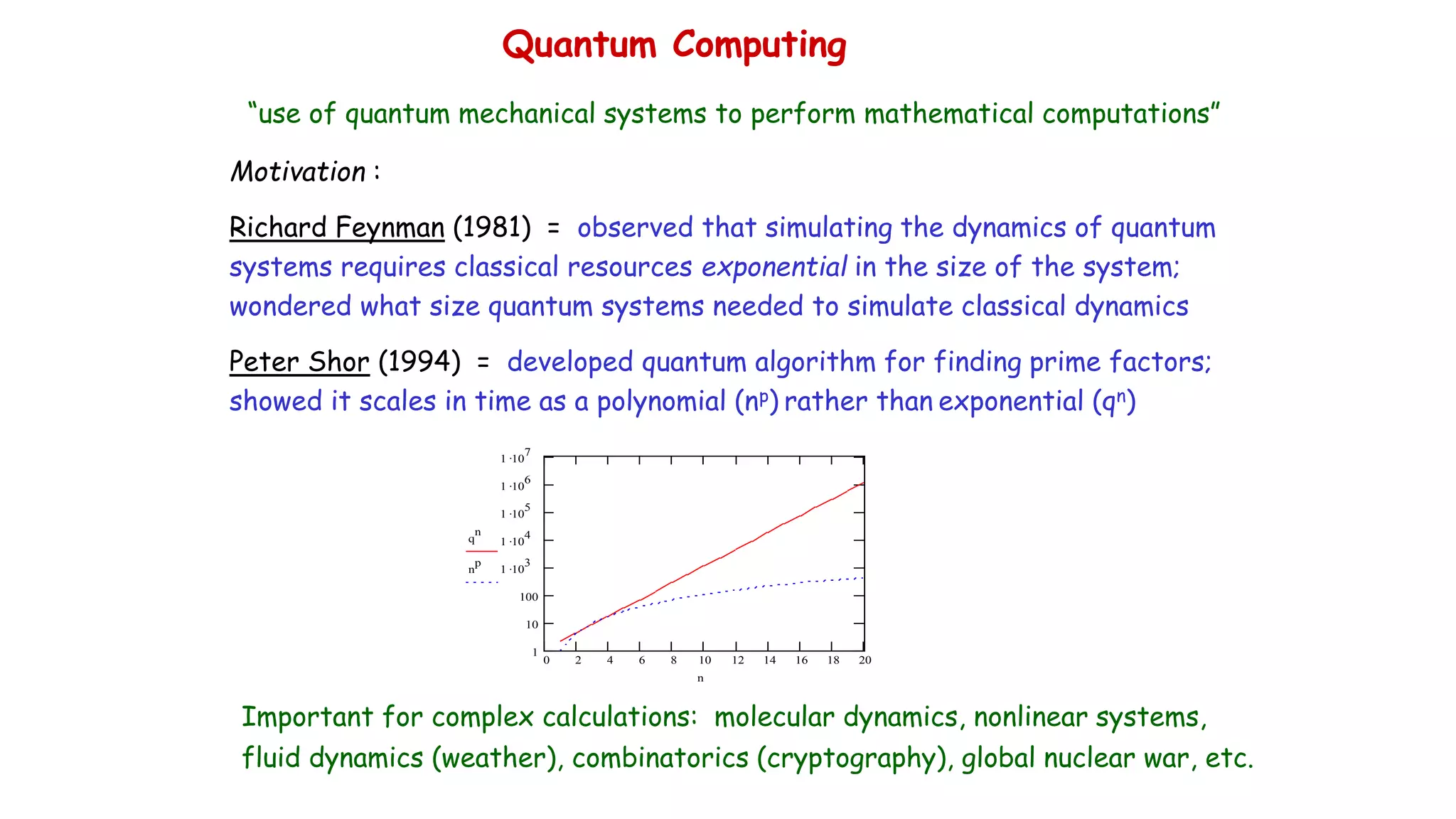
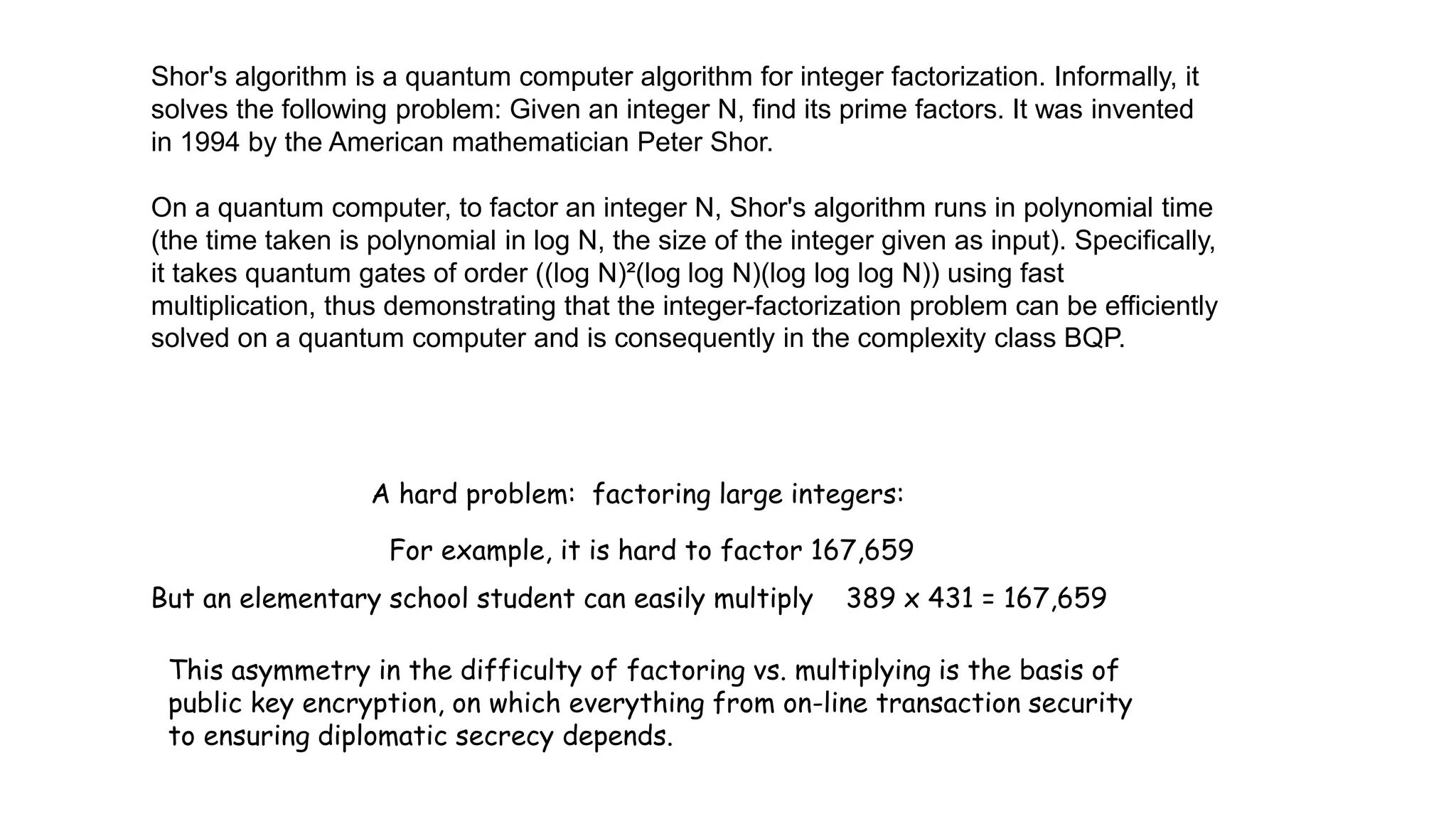
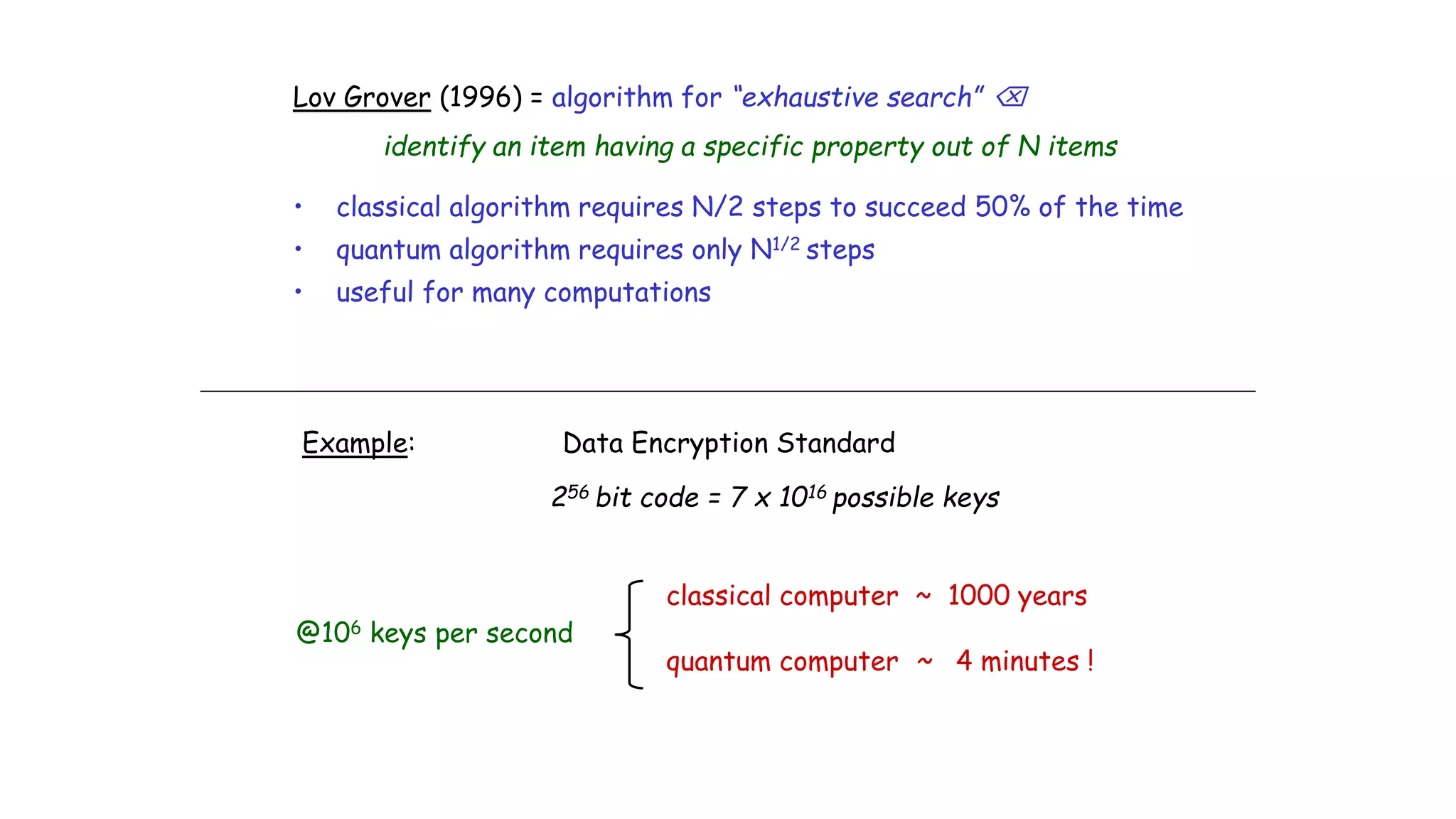
![In quantum computing, quantum supremacy is the goal of demonstrating that a programmable
quantum device can solve a problem that classical computers practically cannot (irrespective of the
usefulness of the problem).[1][2]
By comparison, the weaker quantum advantage is the demonstration that a quantum device can solve
a problem merely faster than classical computers. Conceptually, this goal involves both the engineering
task of building a powerful quantum computer and the computational-complexity-theoretic task of finding
a problem that can be solved with current technology and has a believed superpolynomial speedup over
the best known or possible classical algorithm for that task.[3][4] The term was originally popularized by
John Preskill[1] but the concept of a quantum computational advantage, specifically for simulating
quantum systems, dates back to Yuri Manin's (1980)[5] and Richard Feynman's (1981) proposals of
quantum computing.[6]
Quantum Supremacy](https://image.slidesharecdn.com/physics498sqd-lecture21-quantuminformation1final-230516123518-96063795/75/Quantum-Information-FINAL-pptx-17-2048.jpg)
